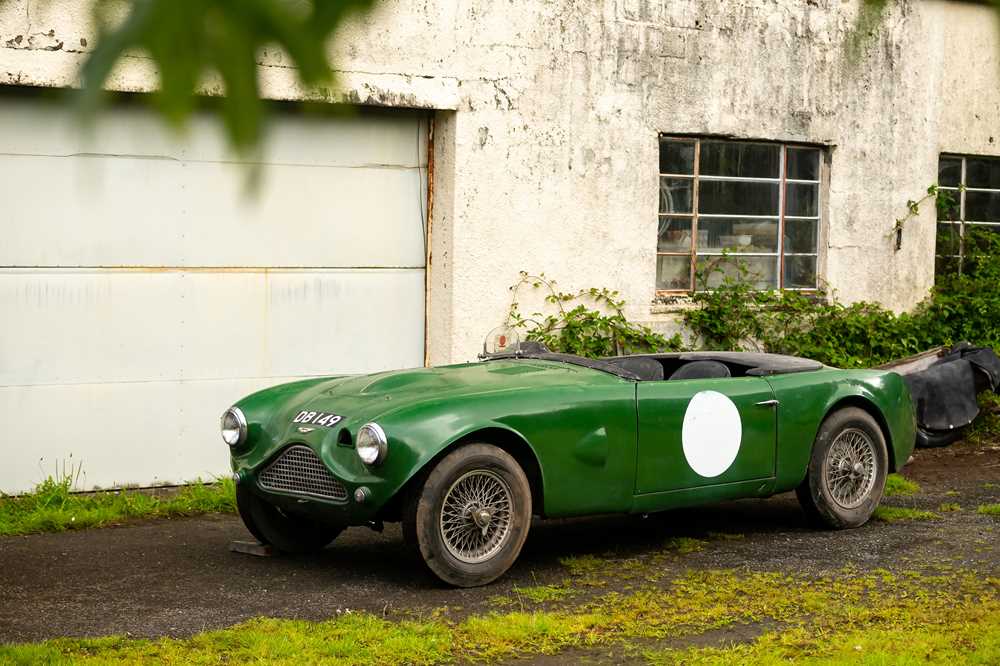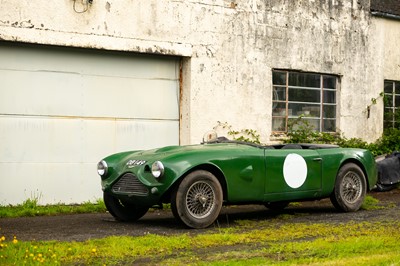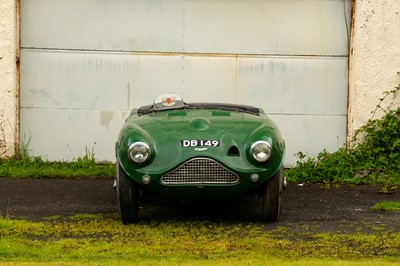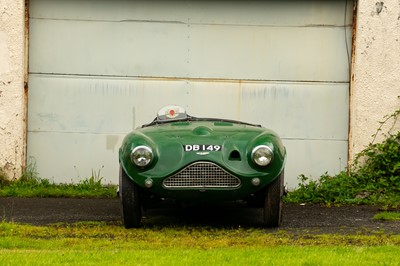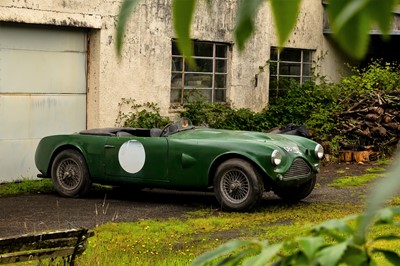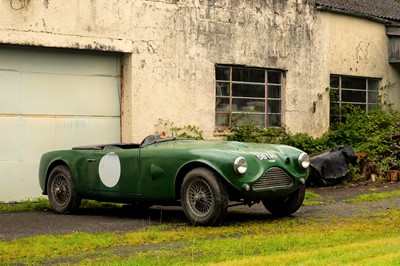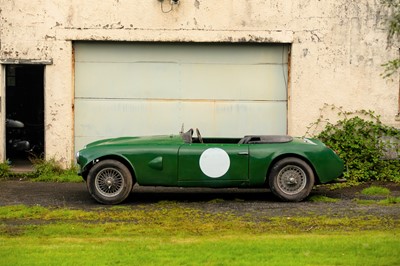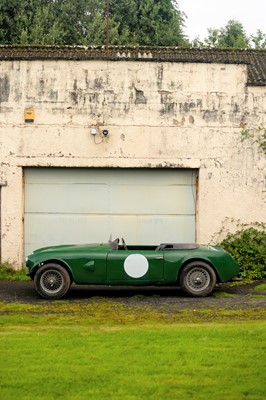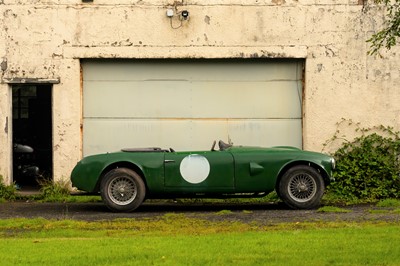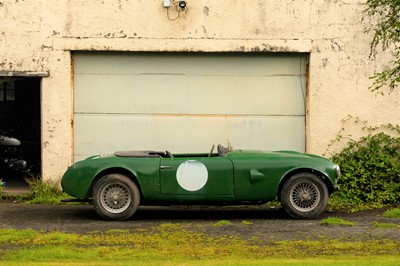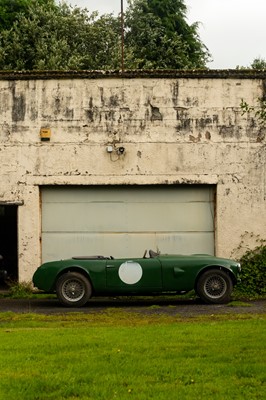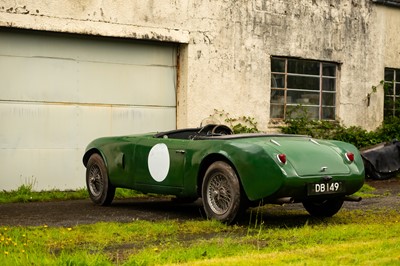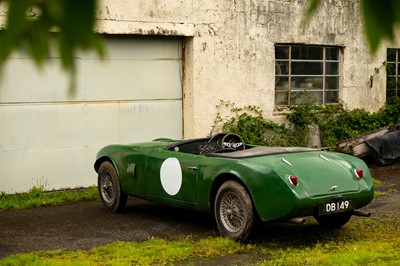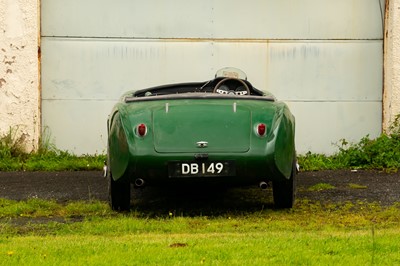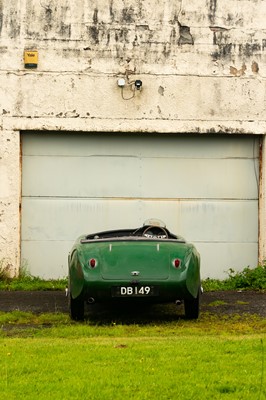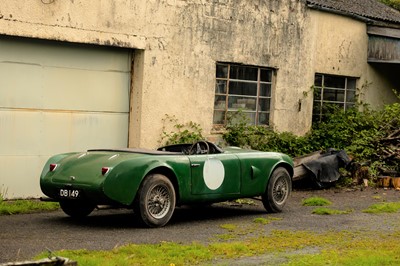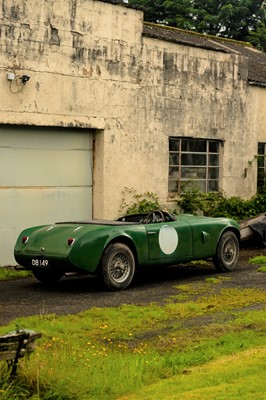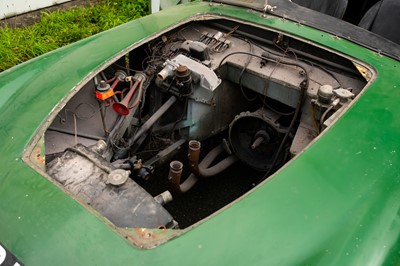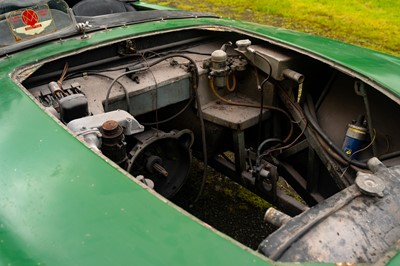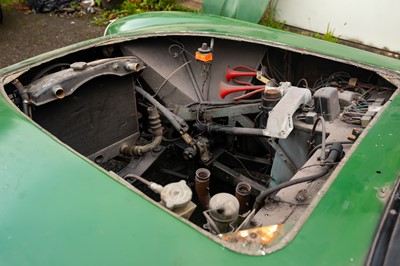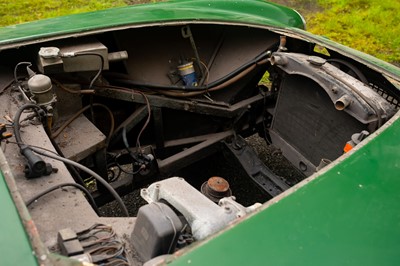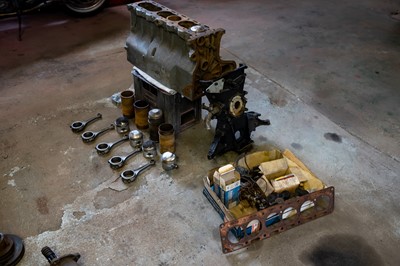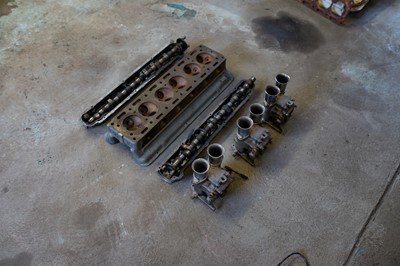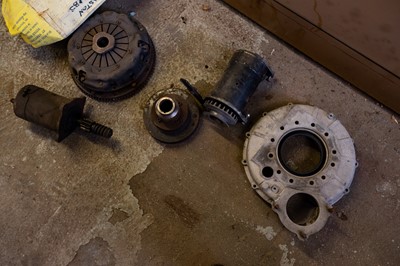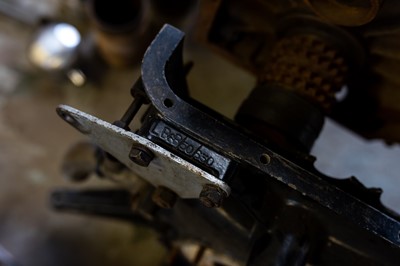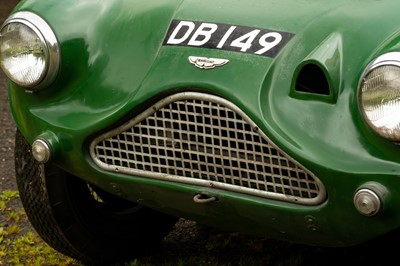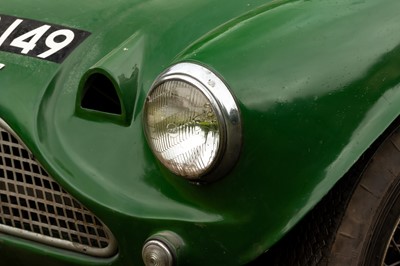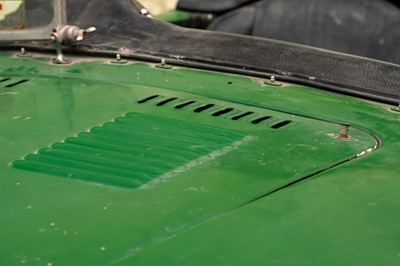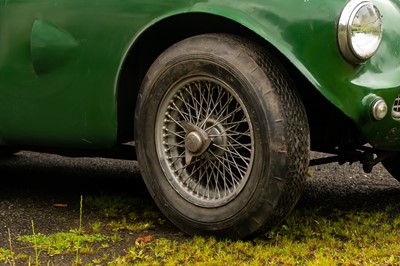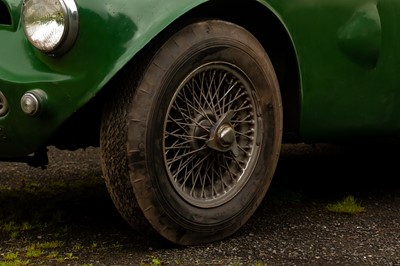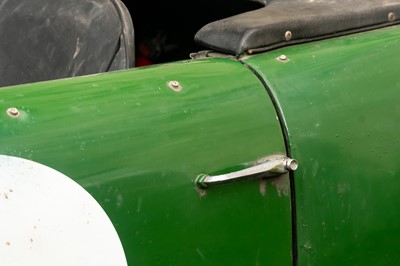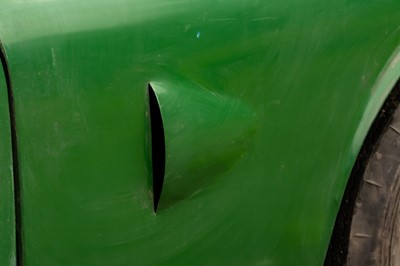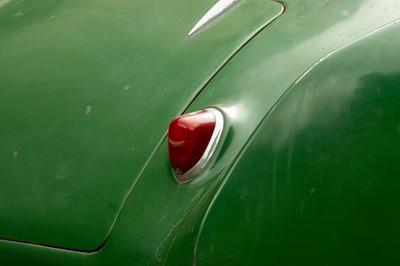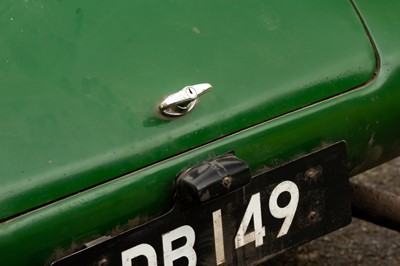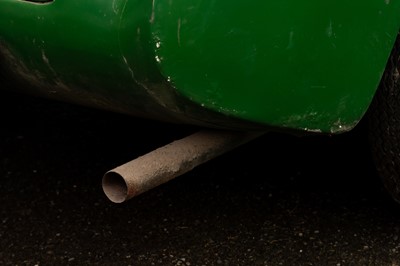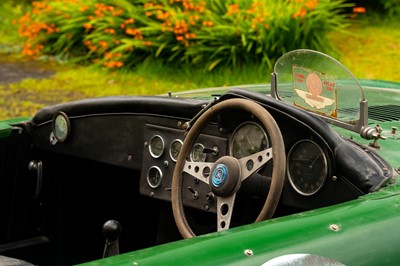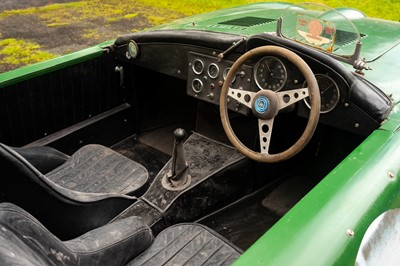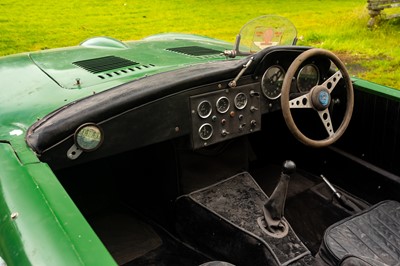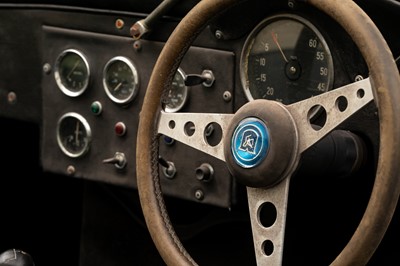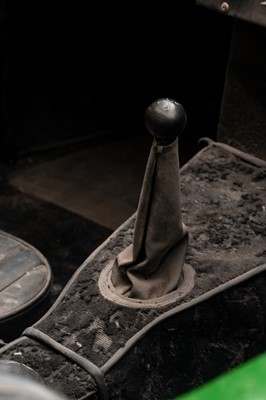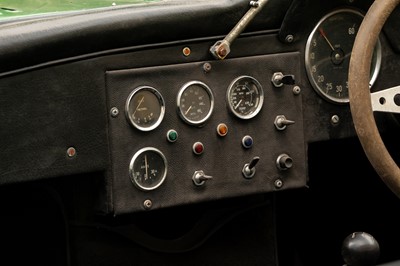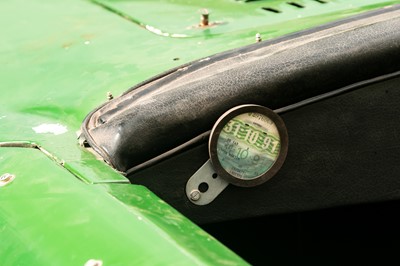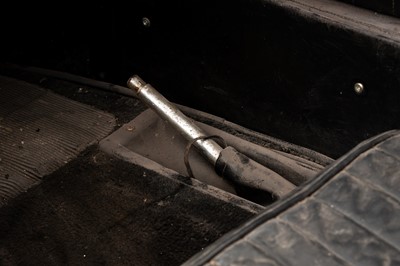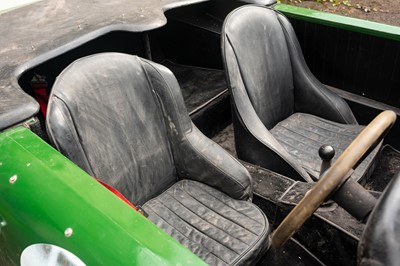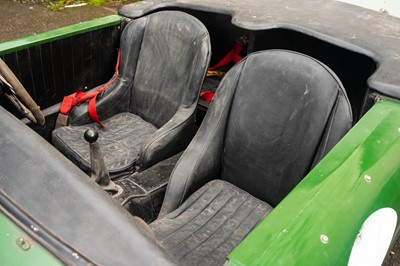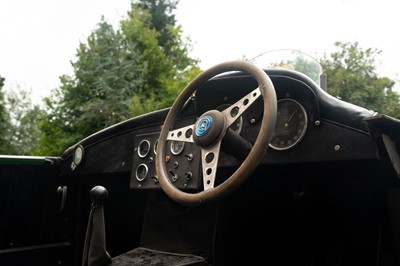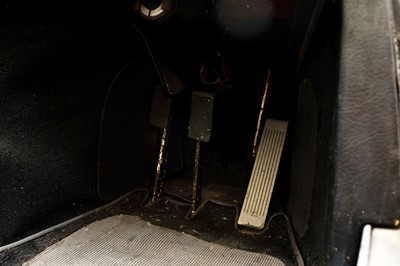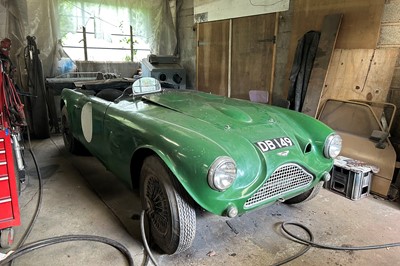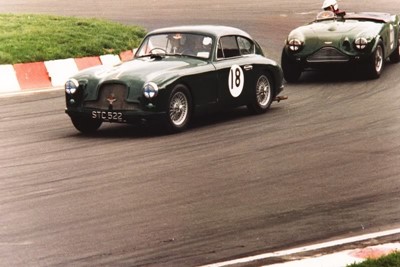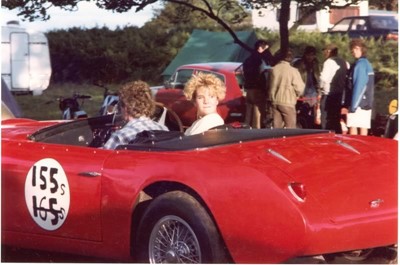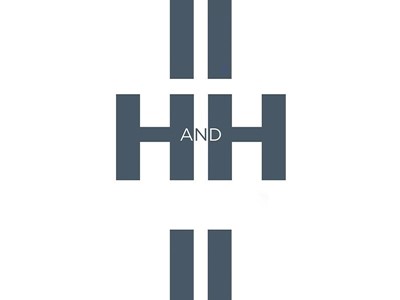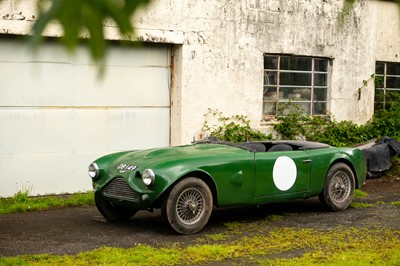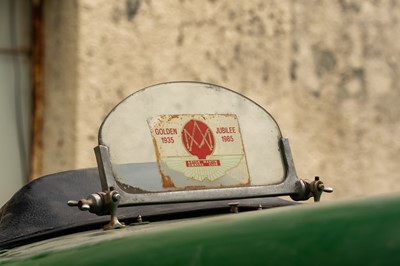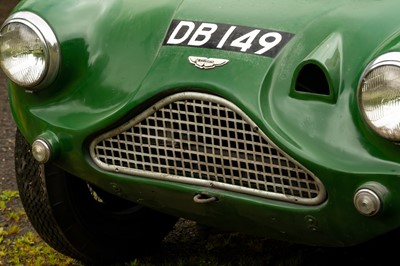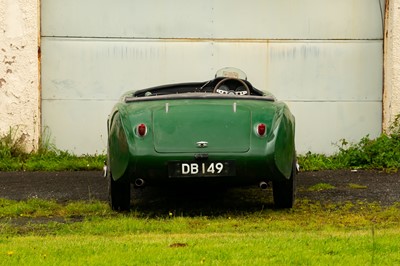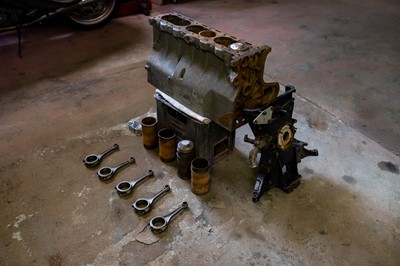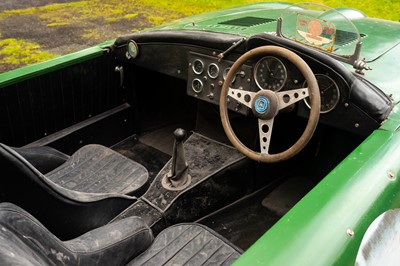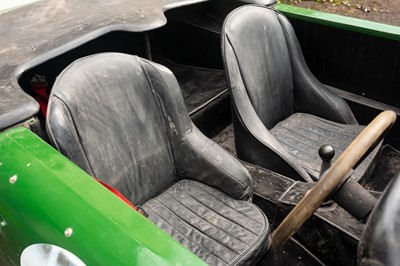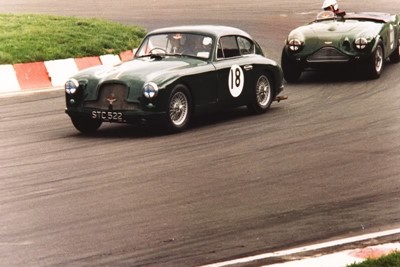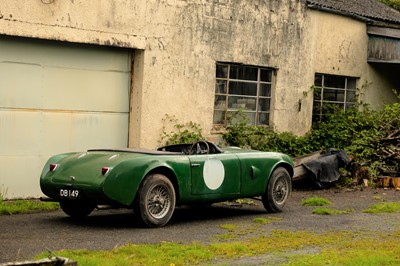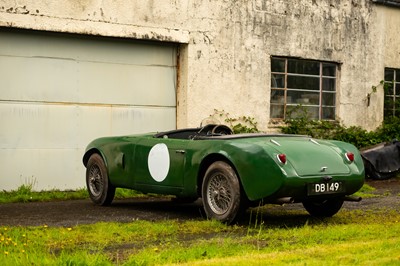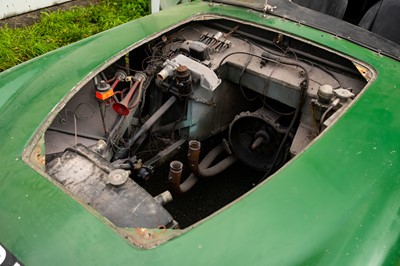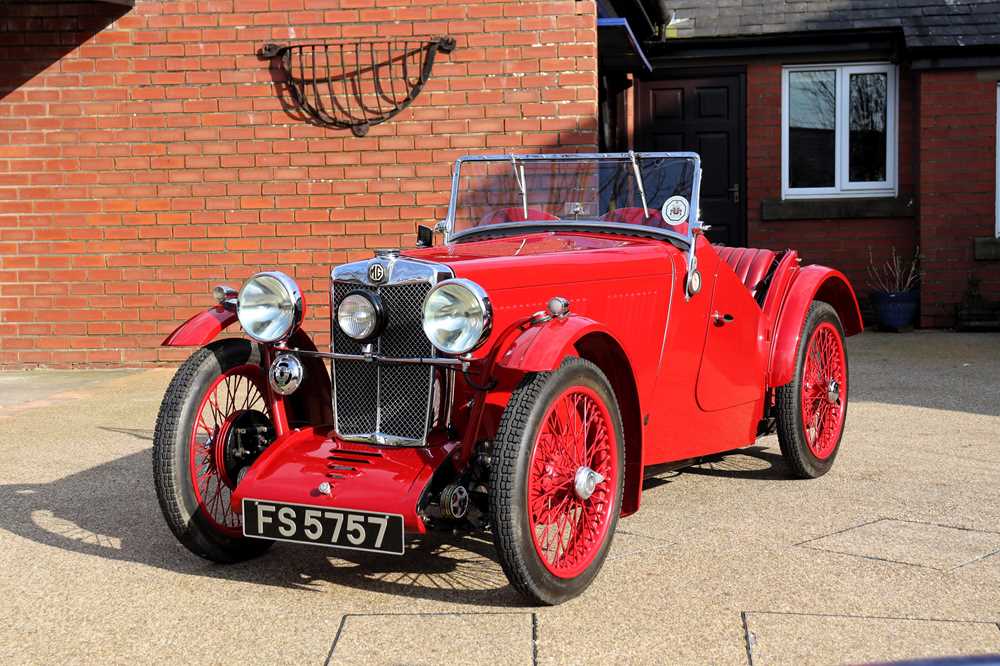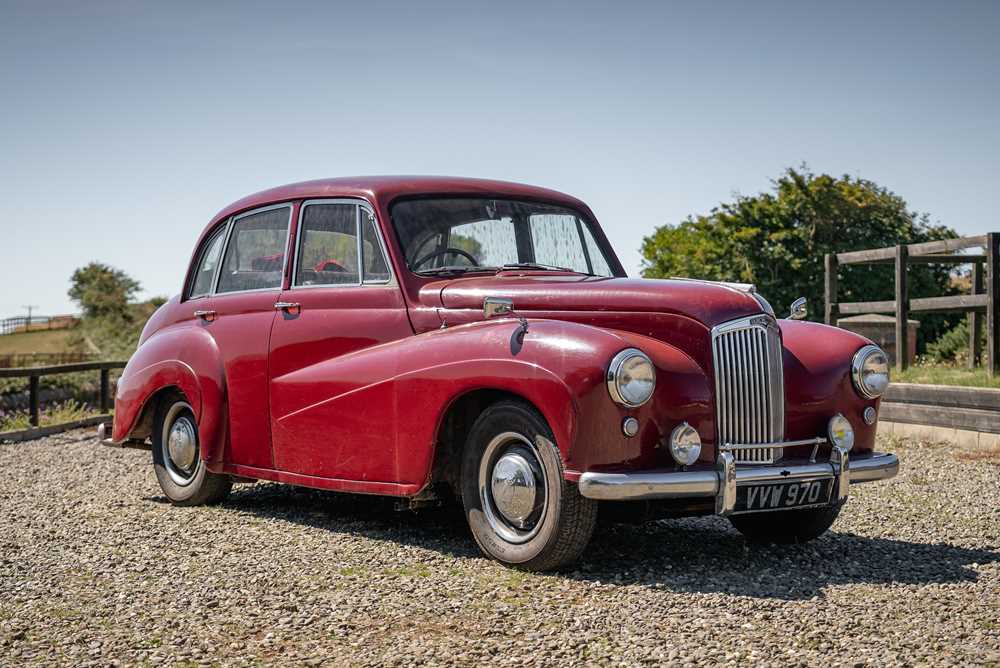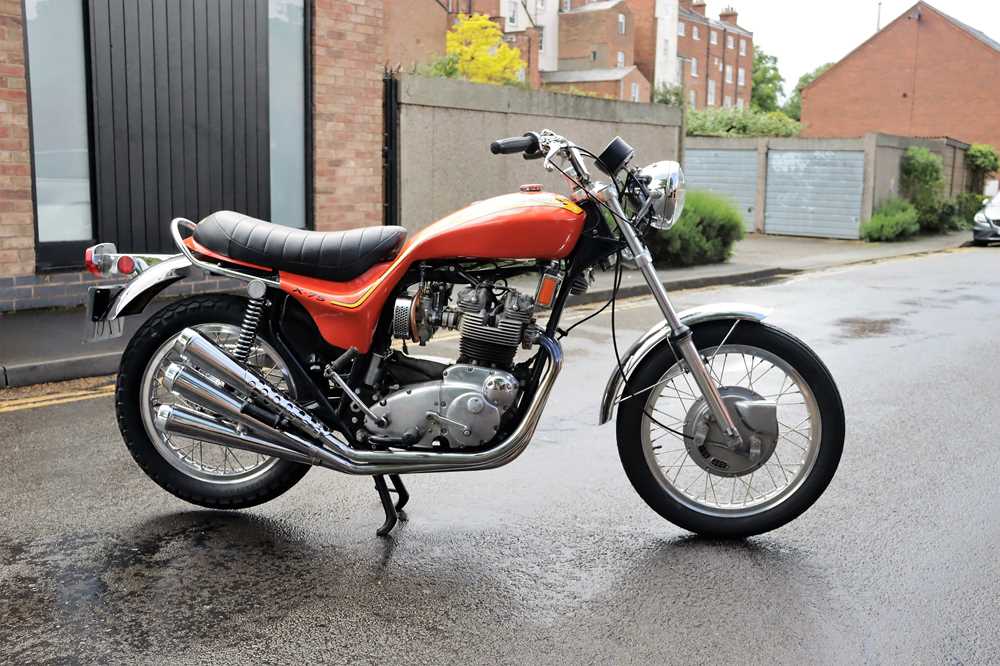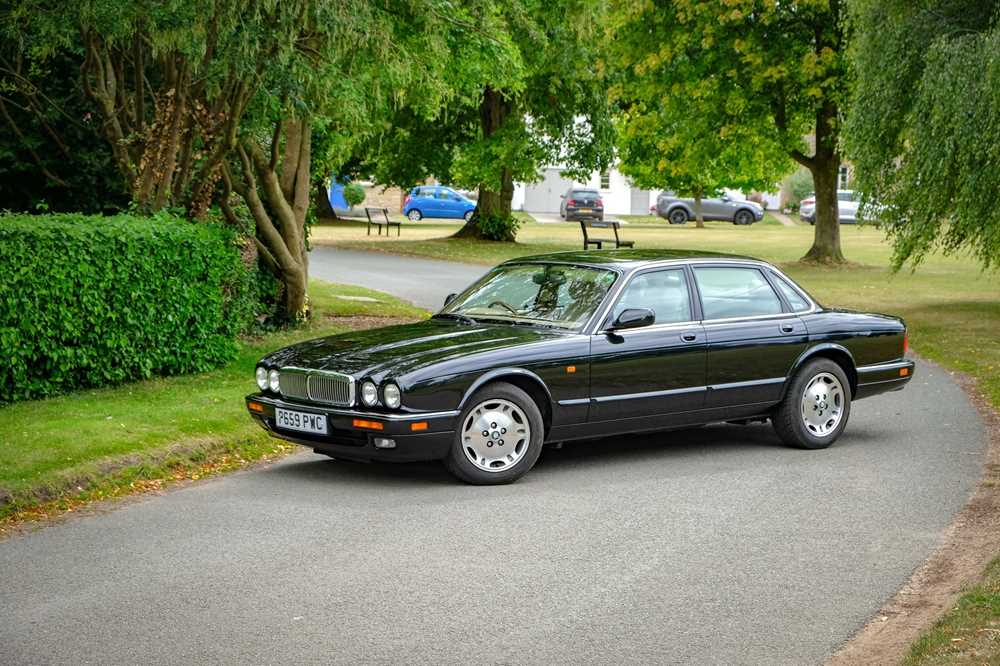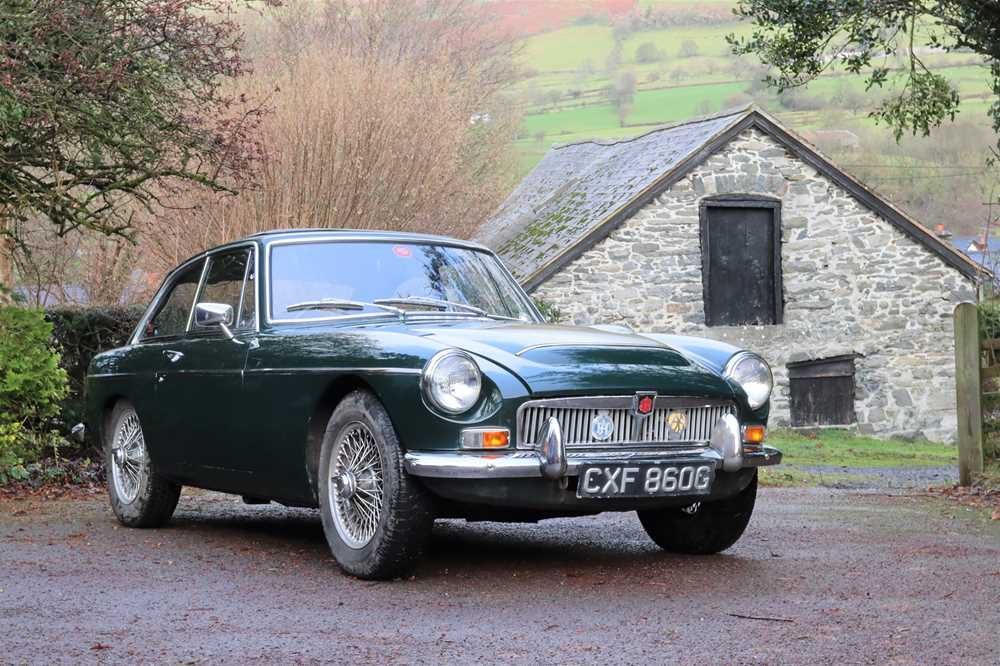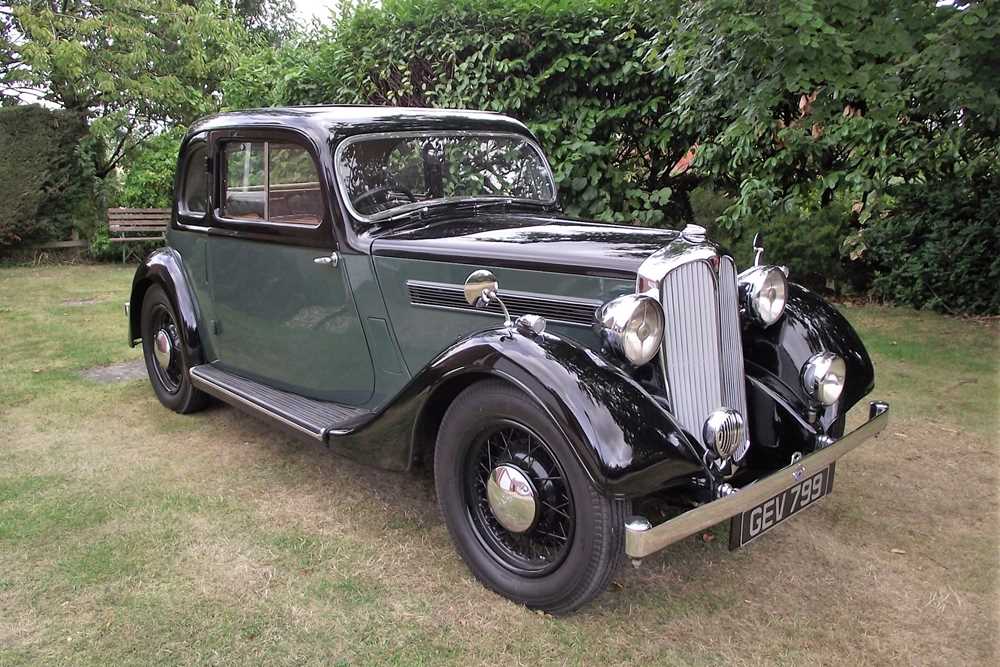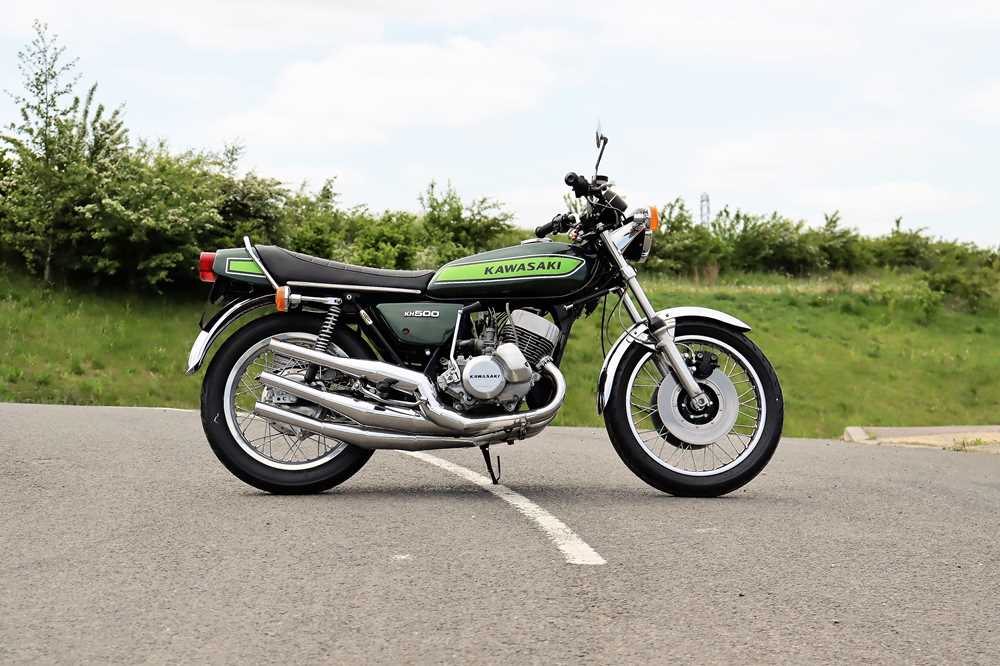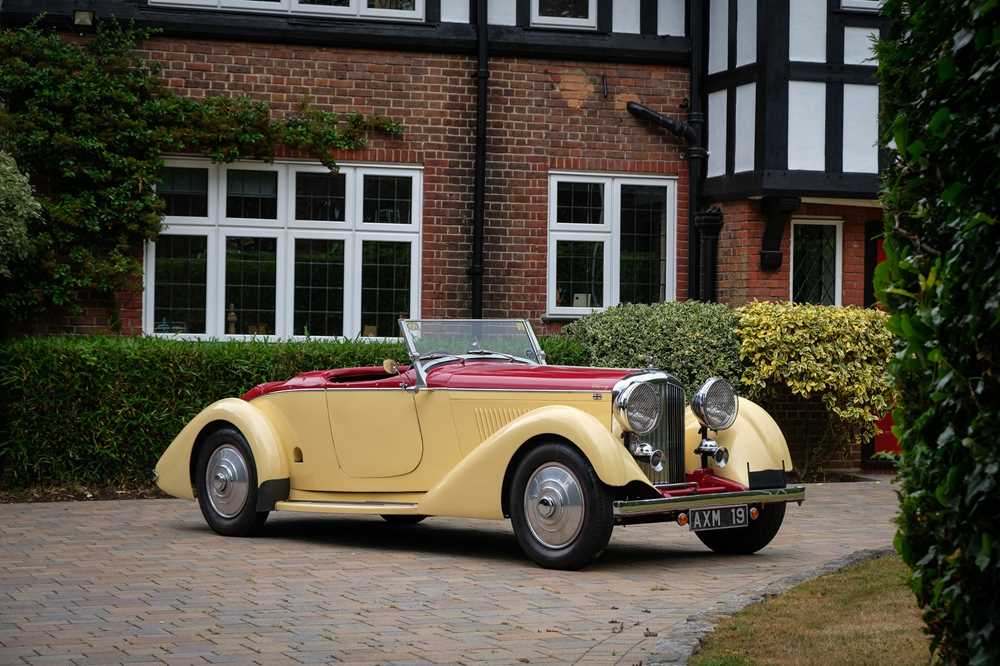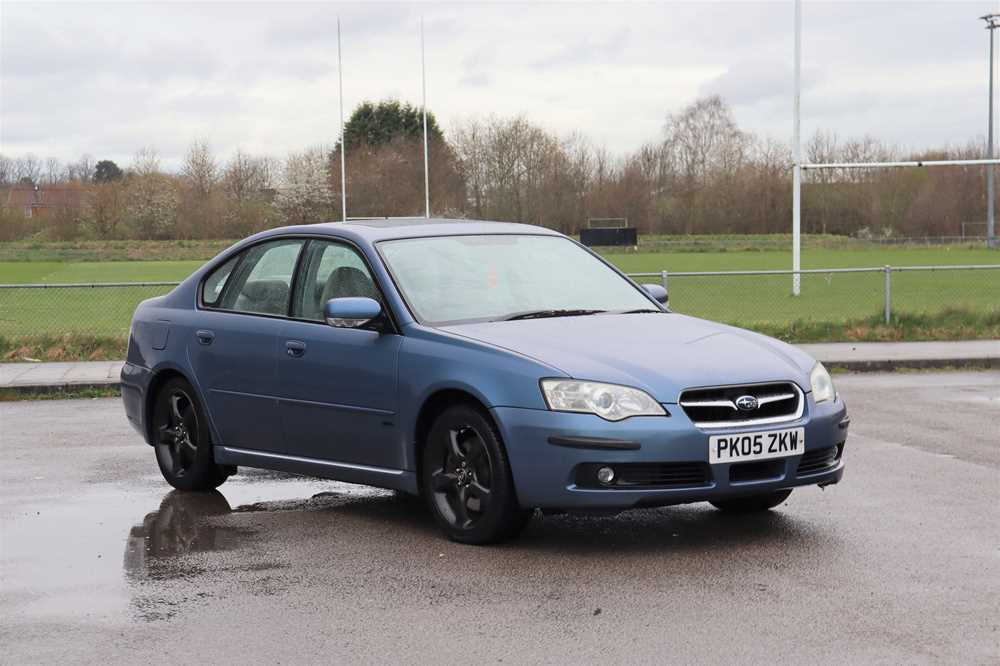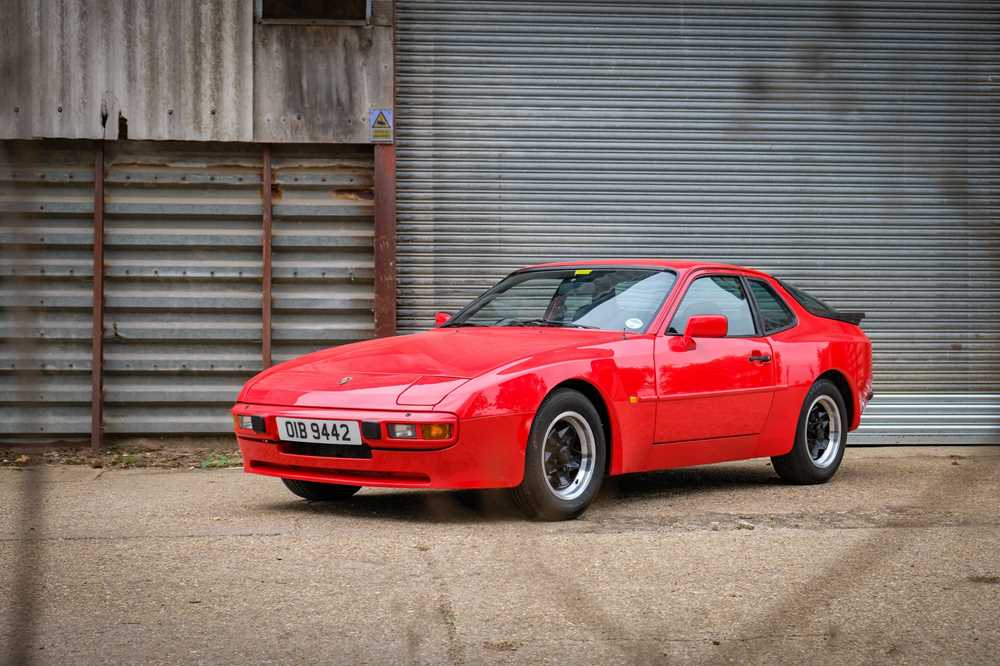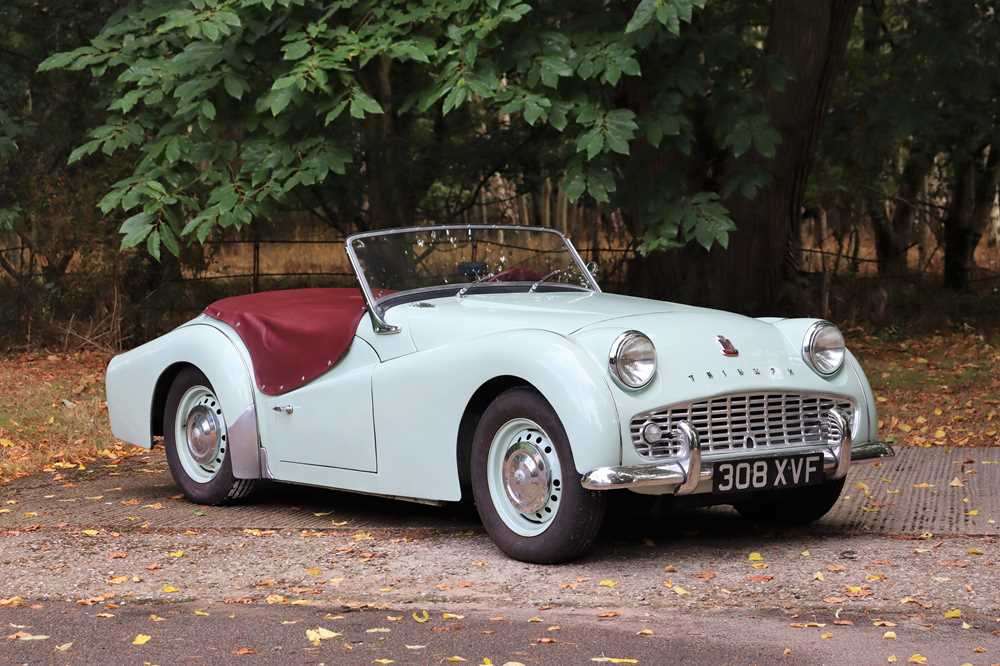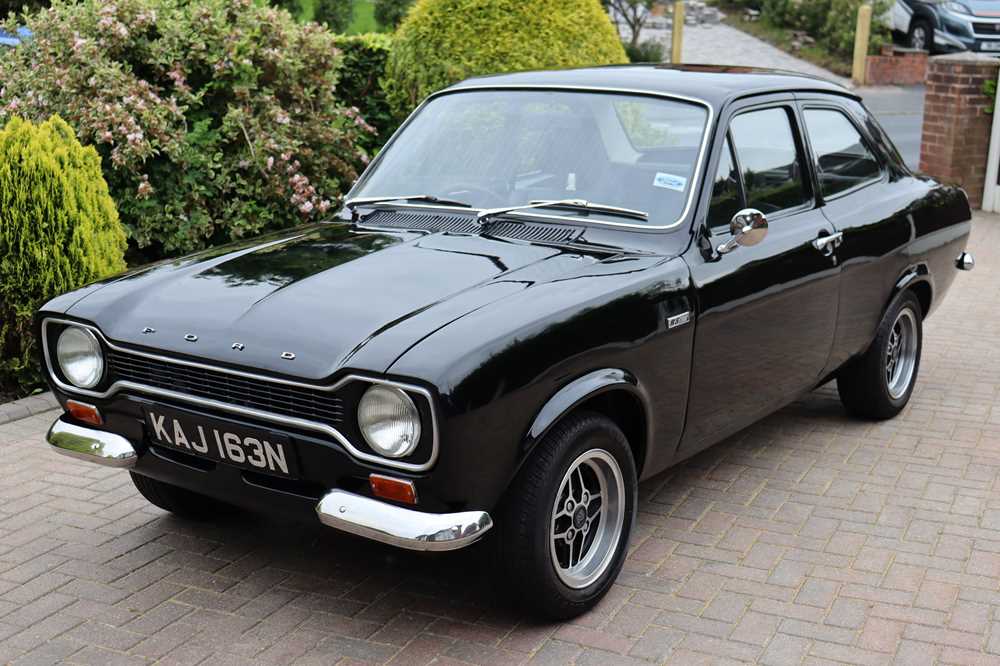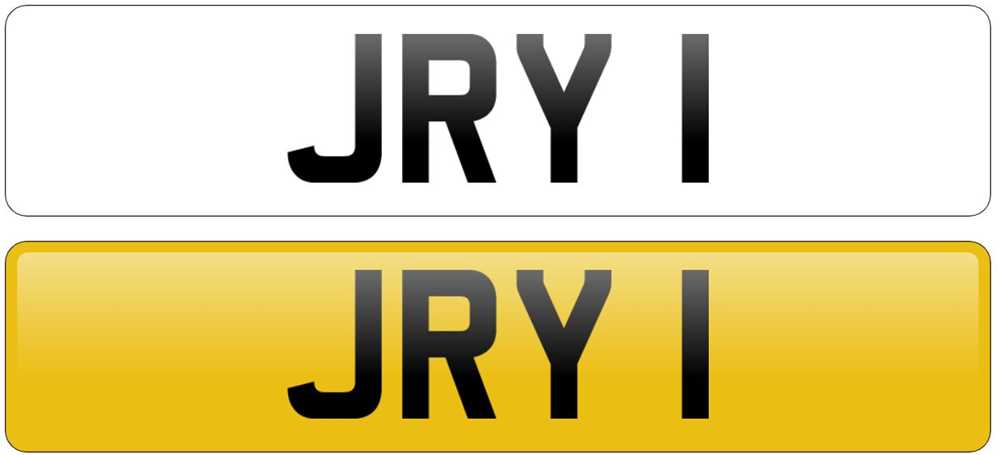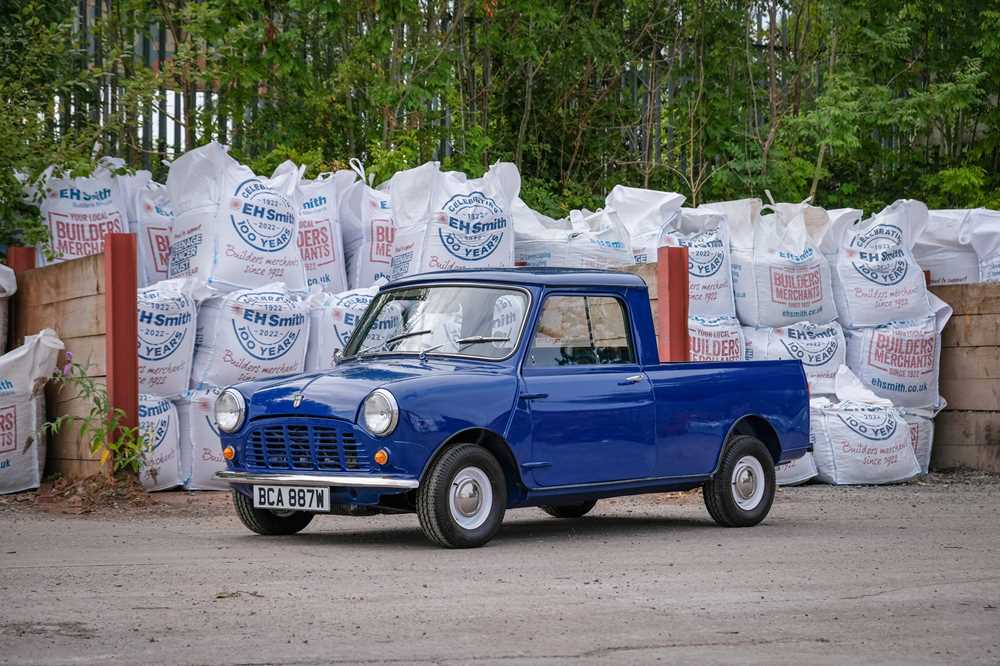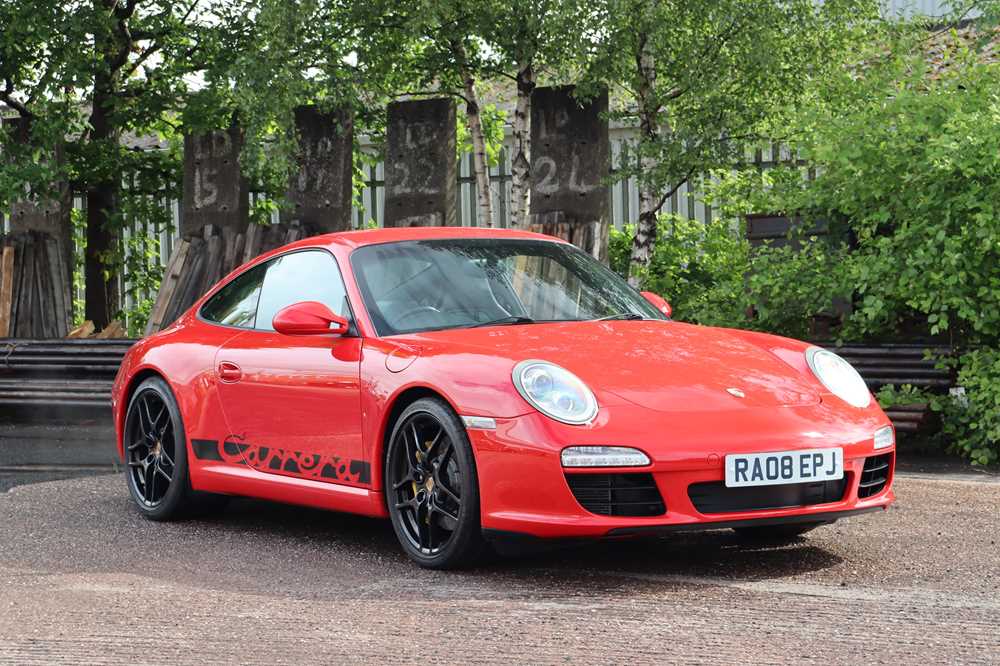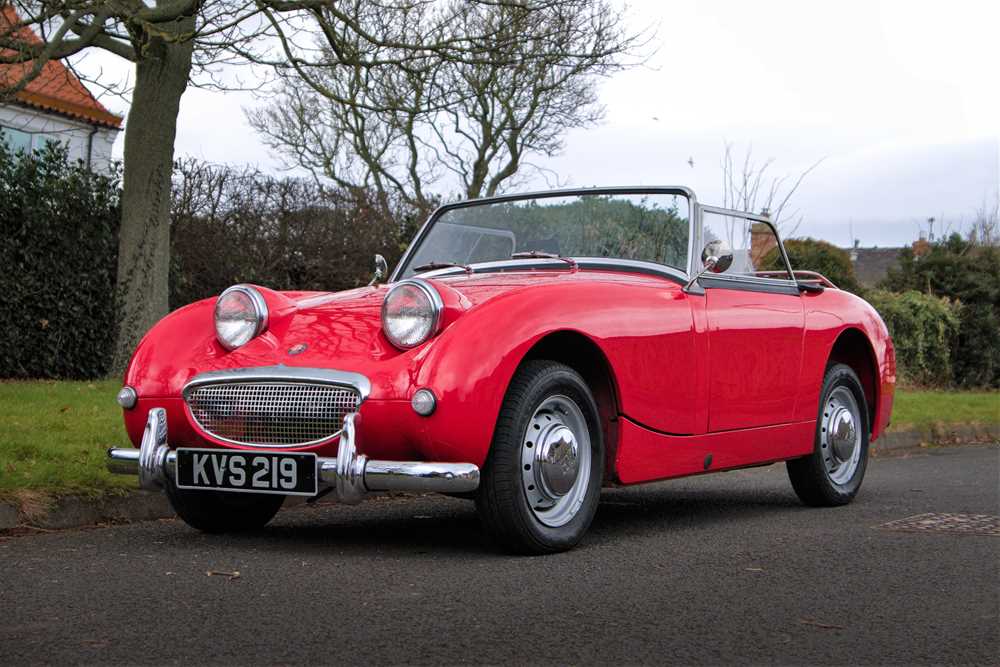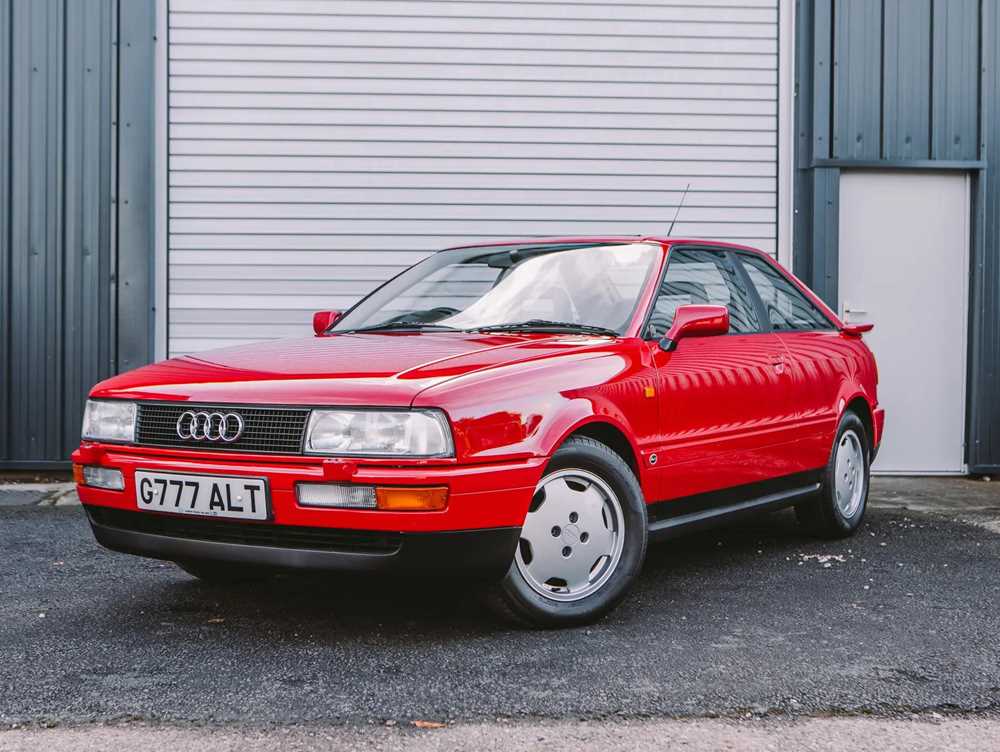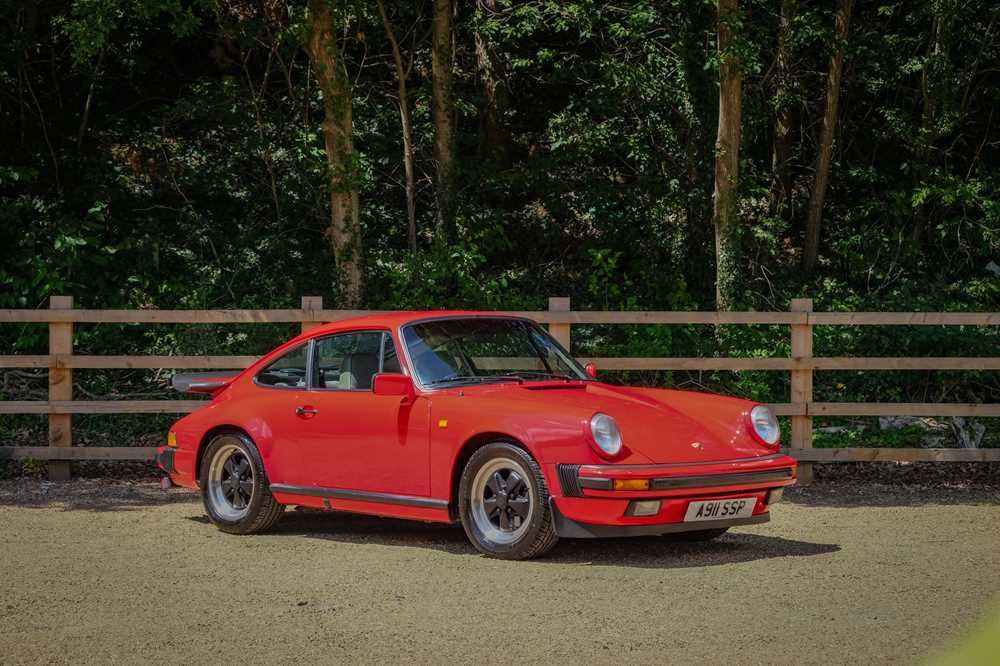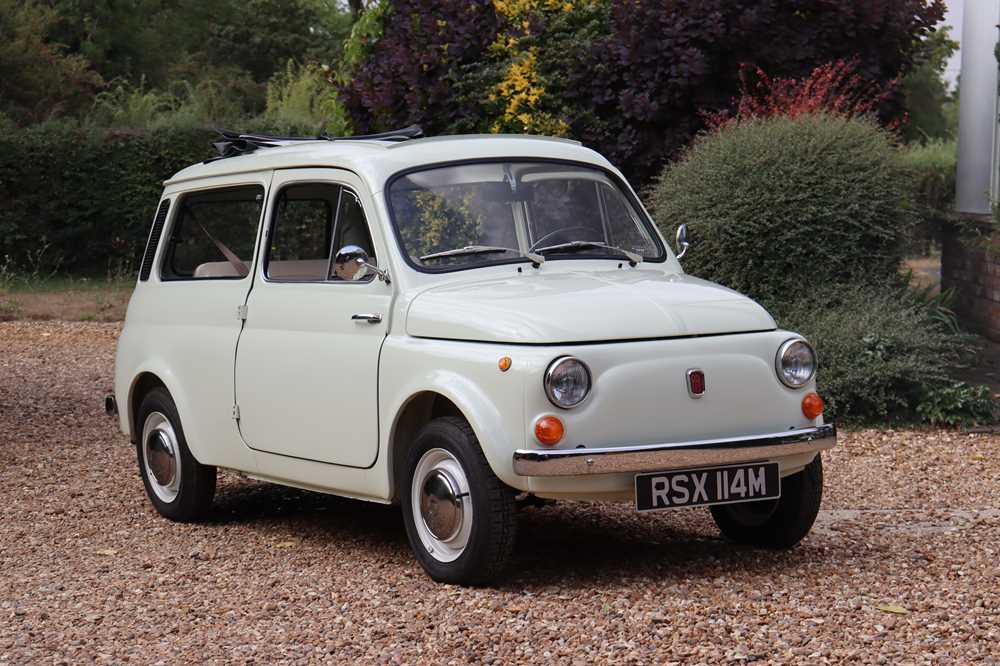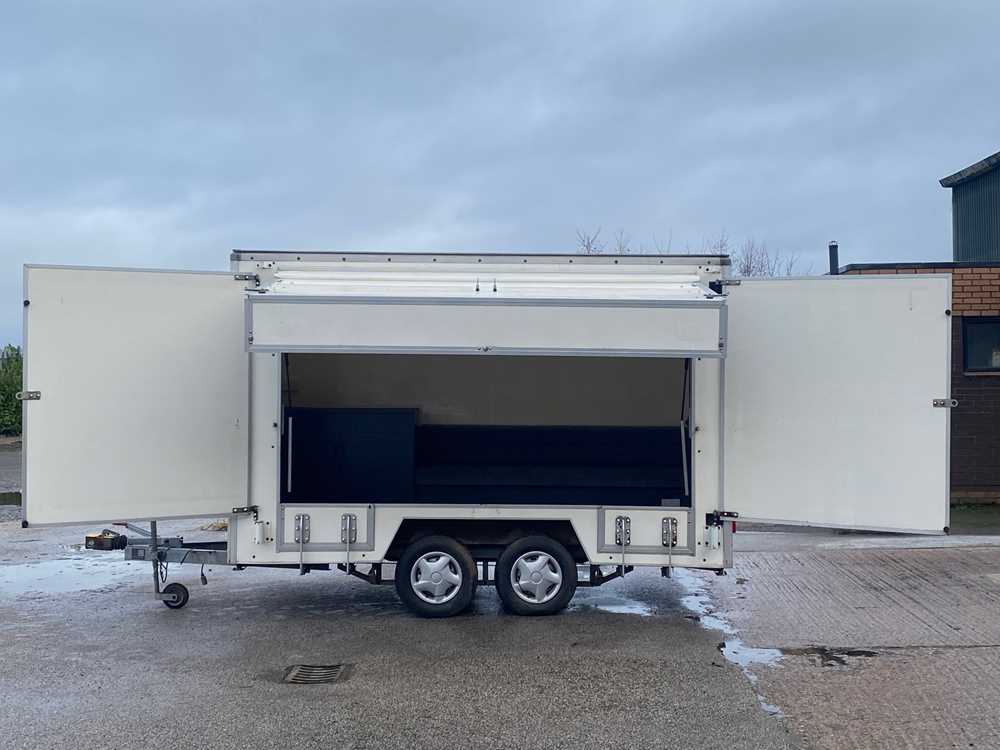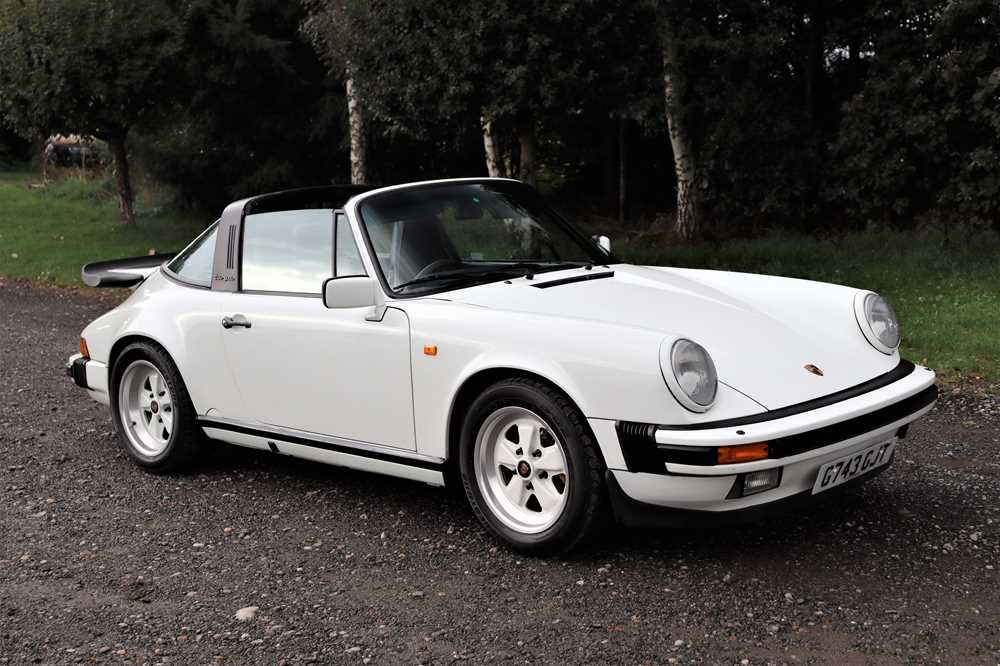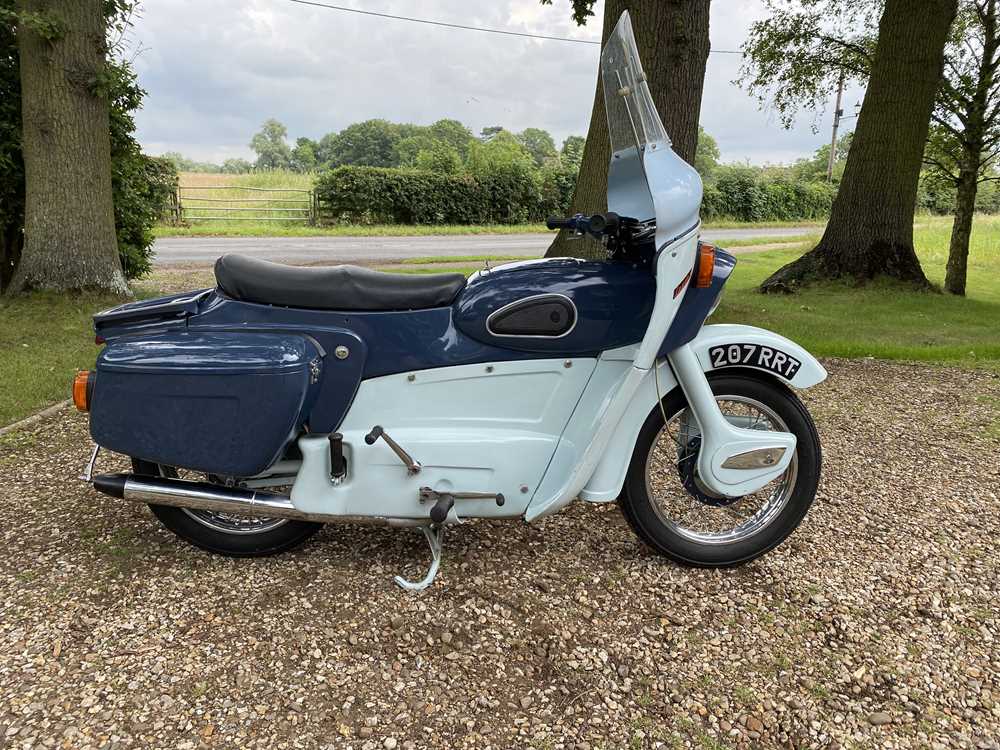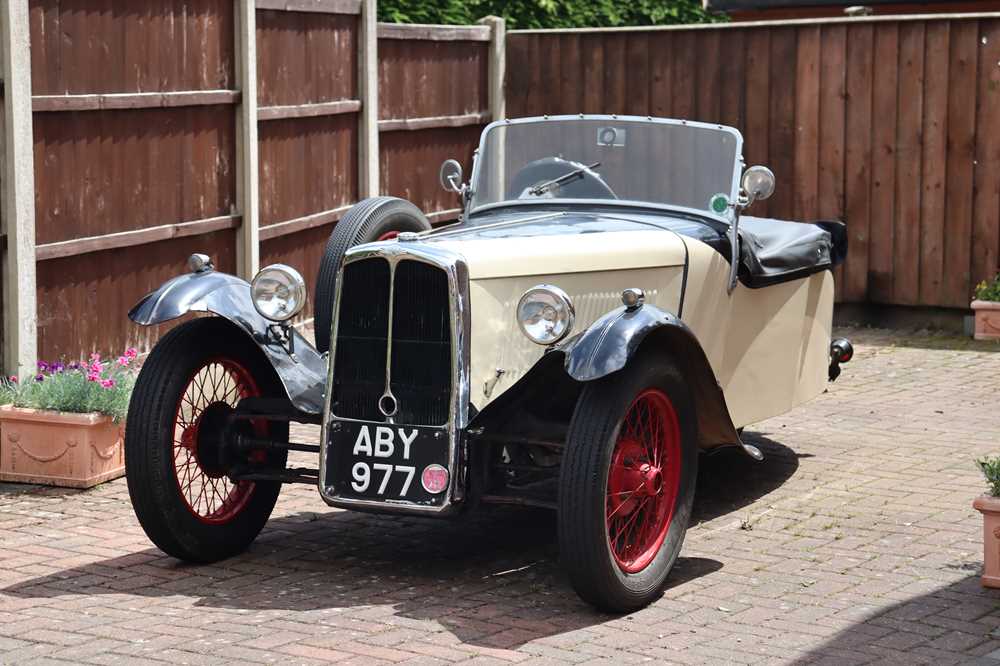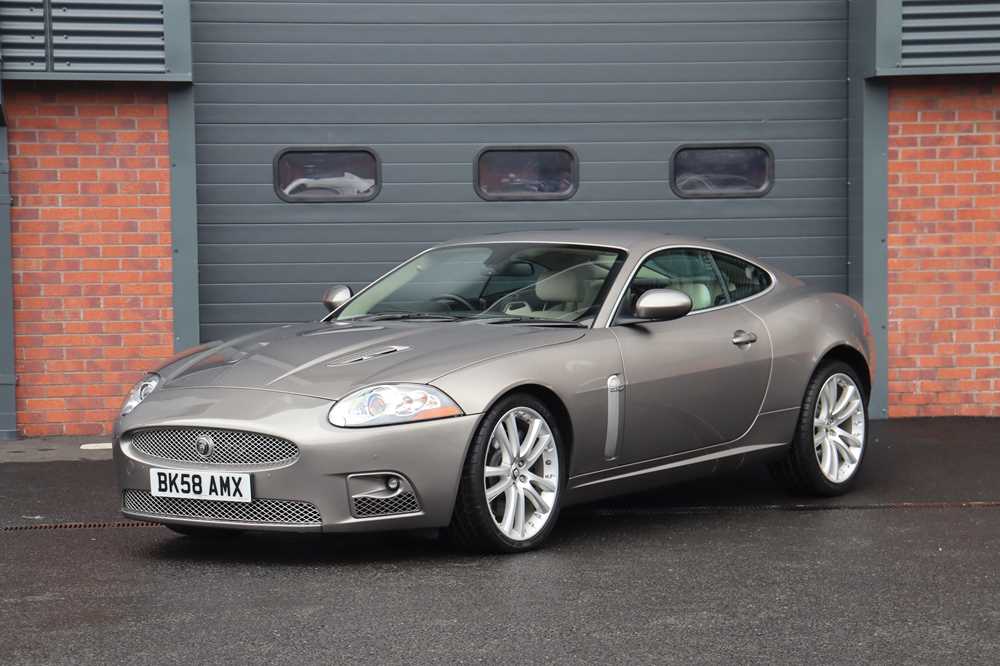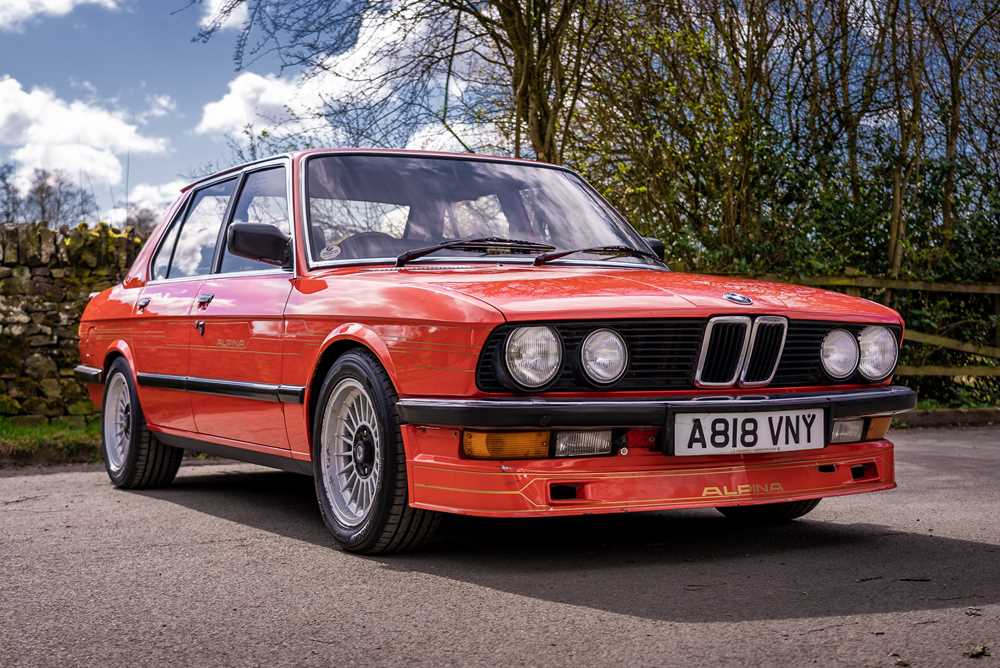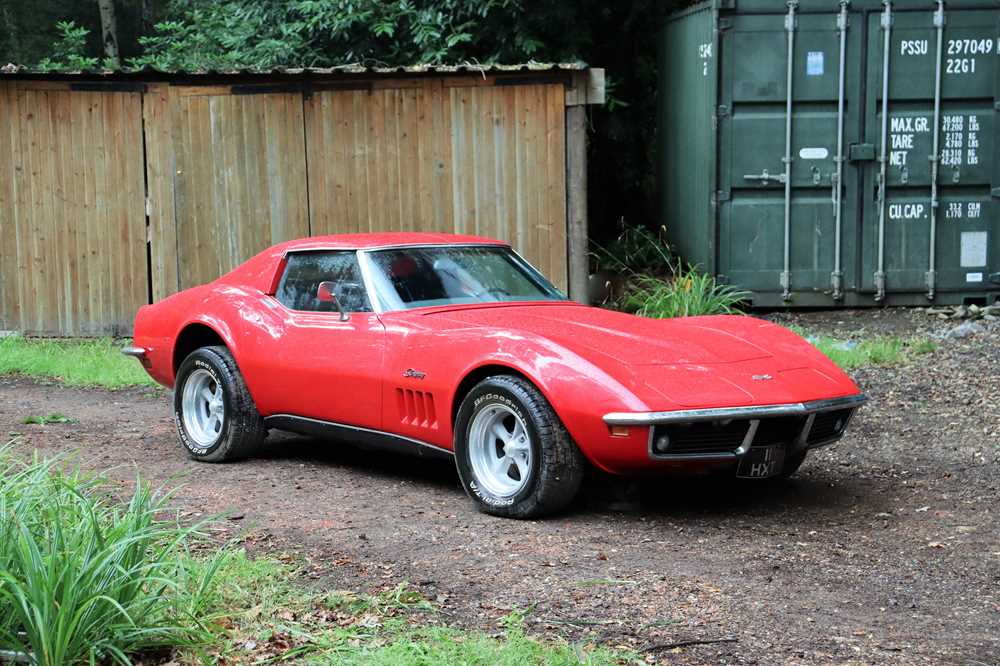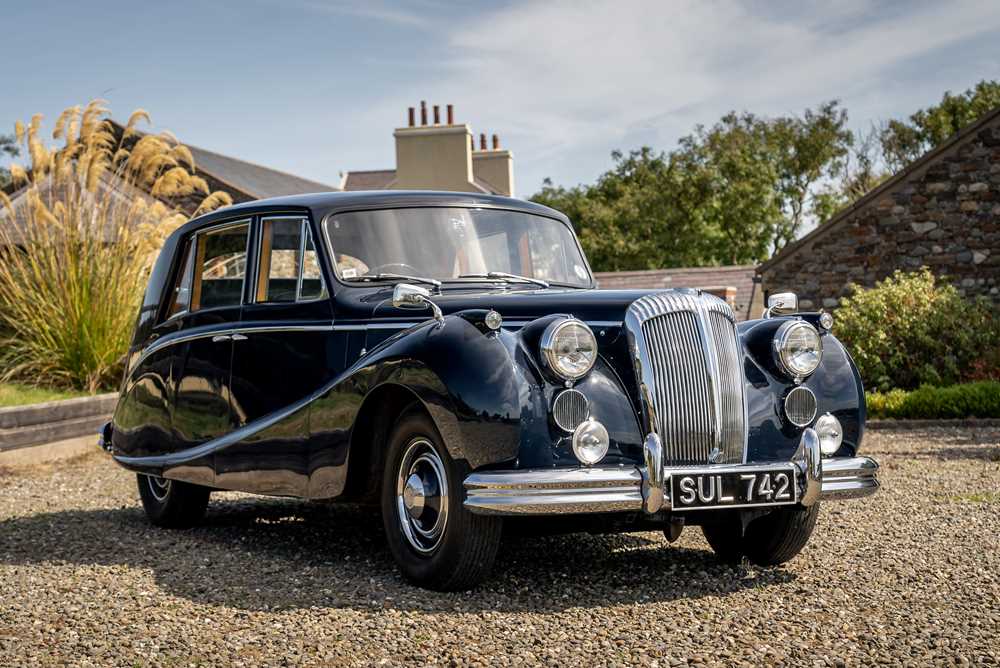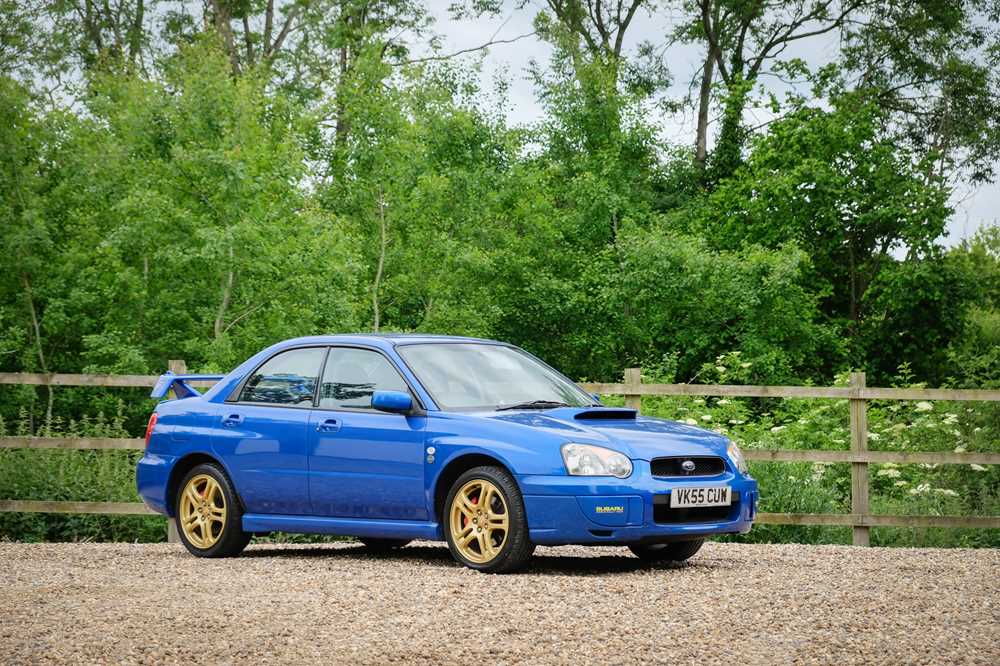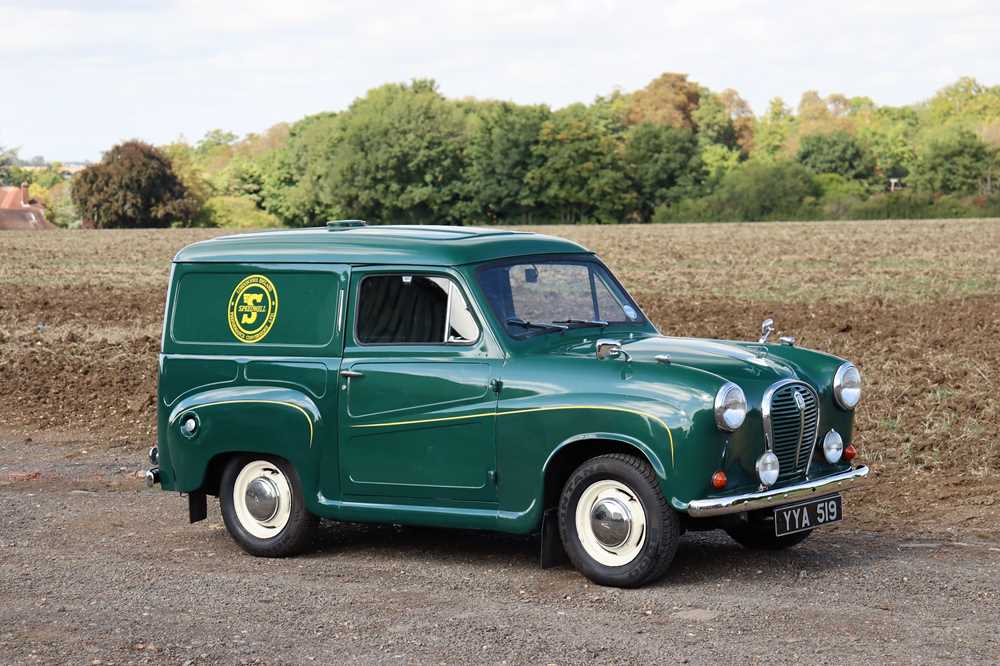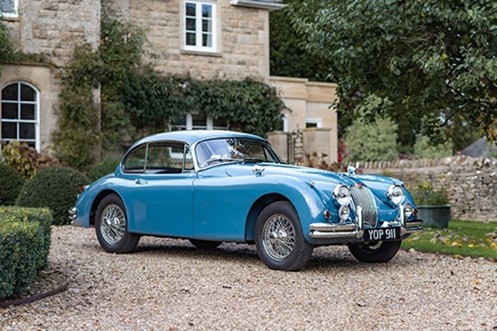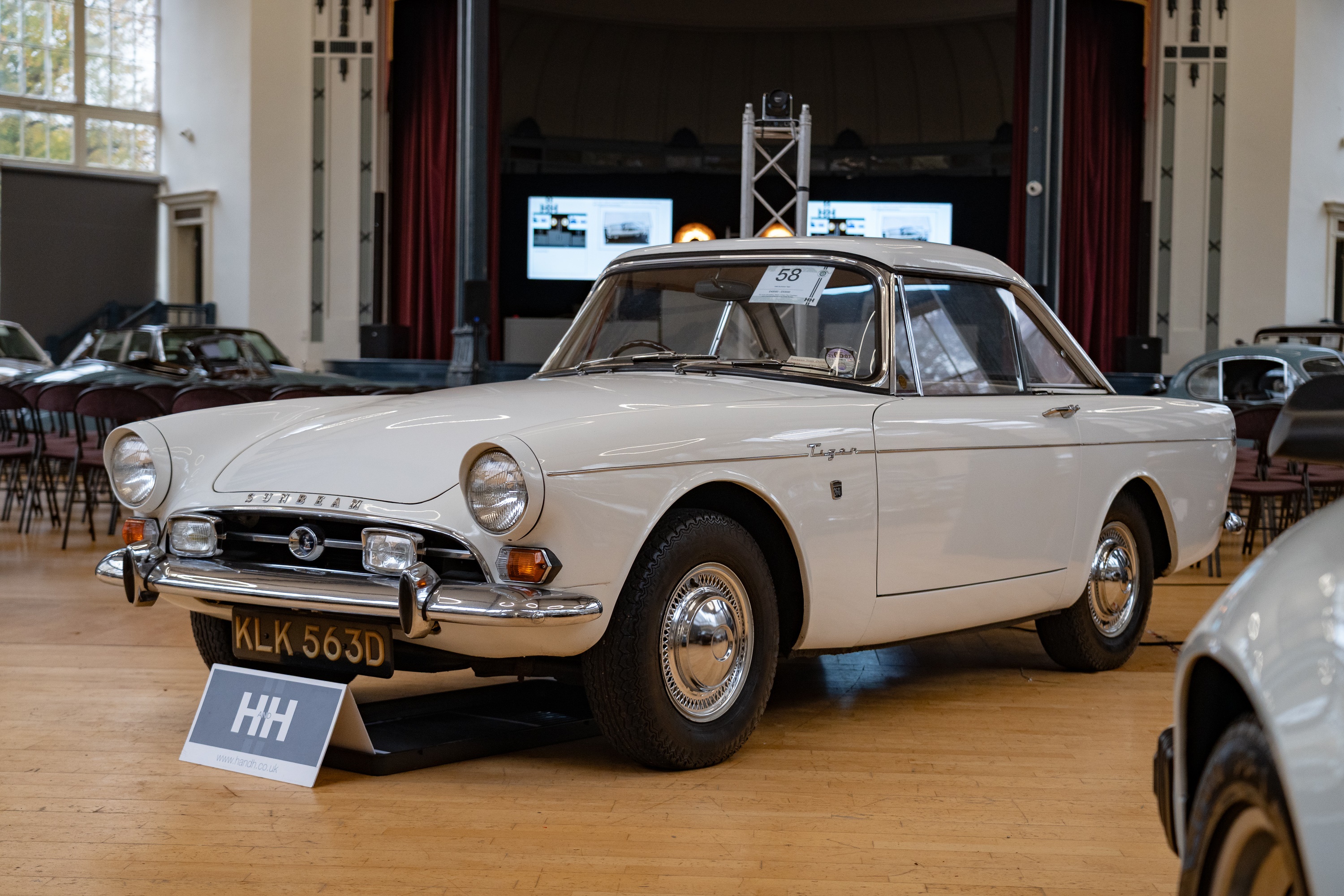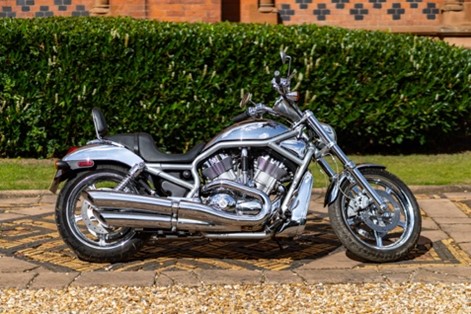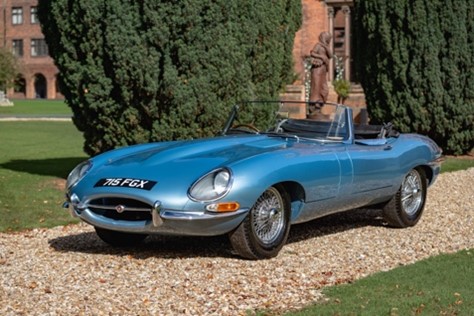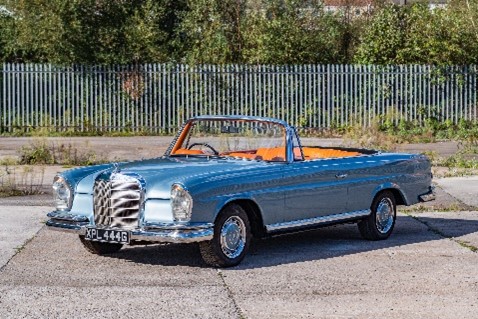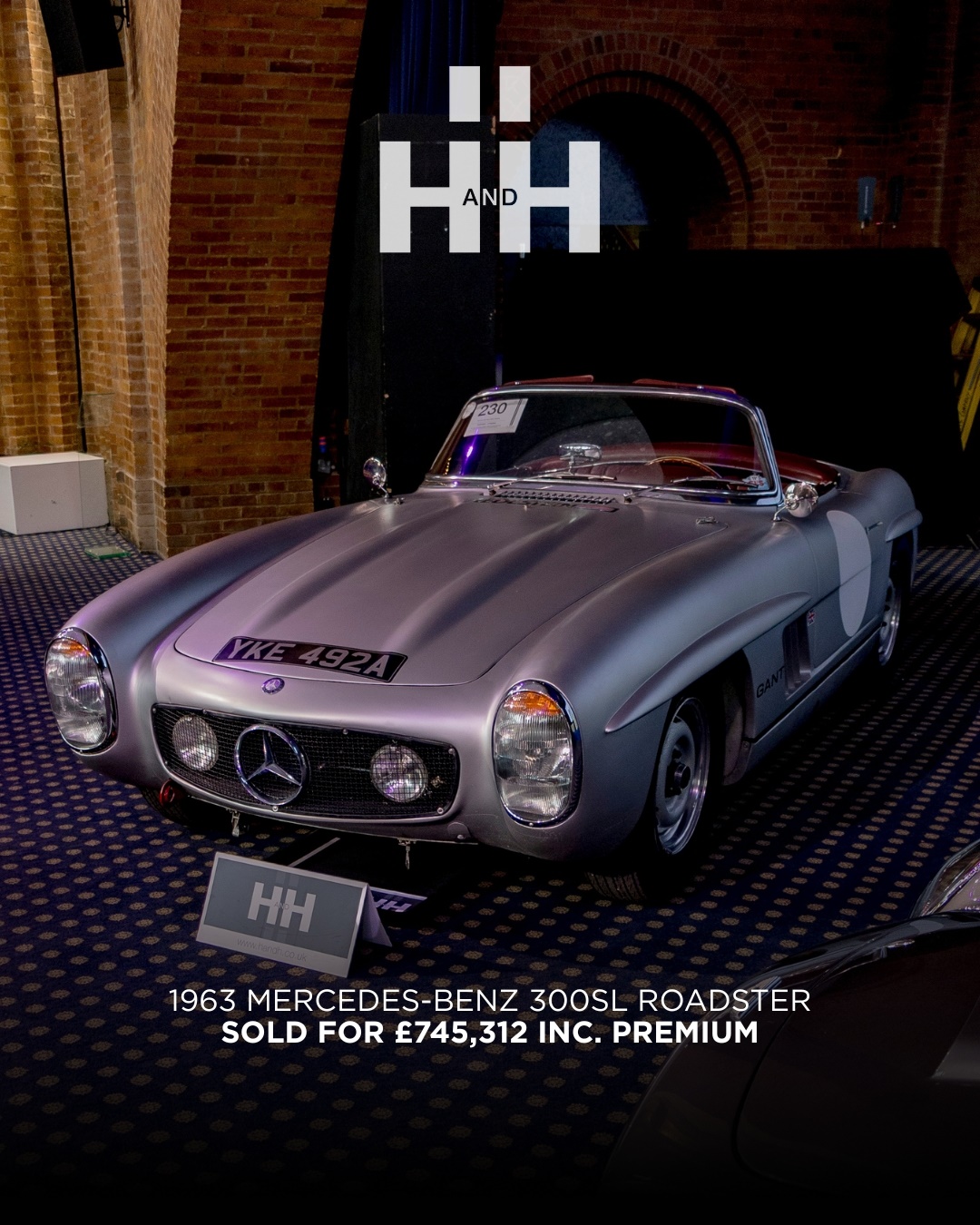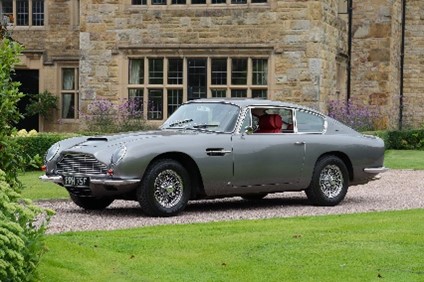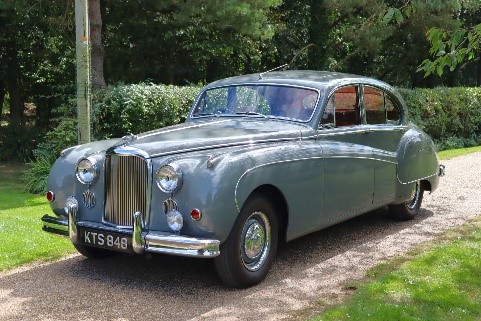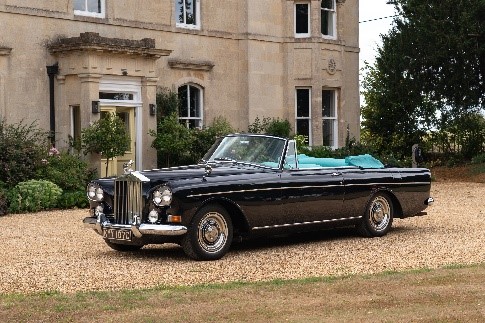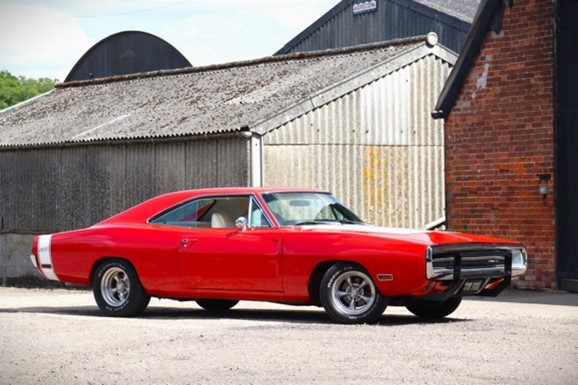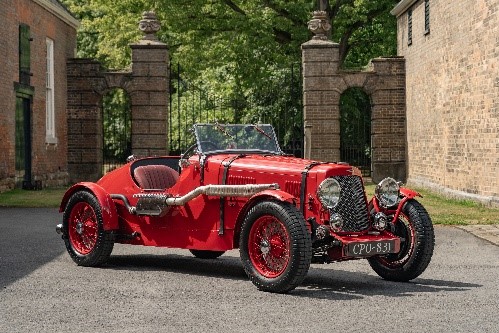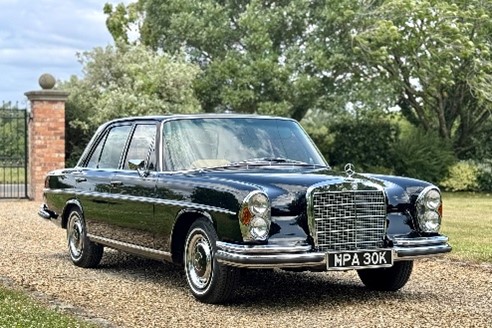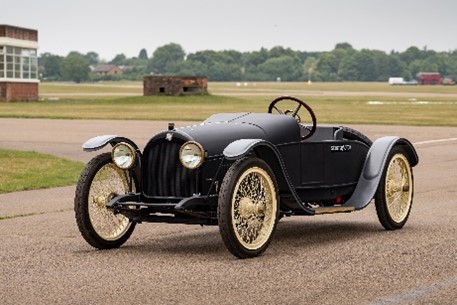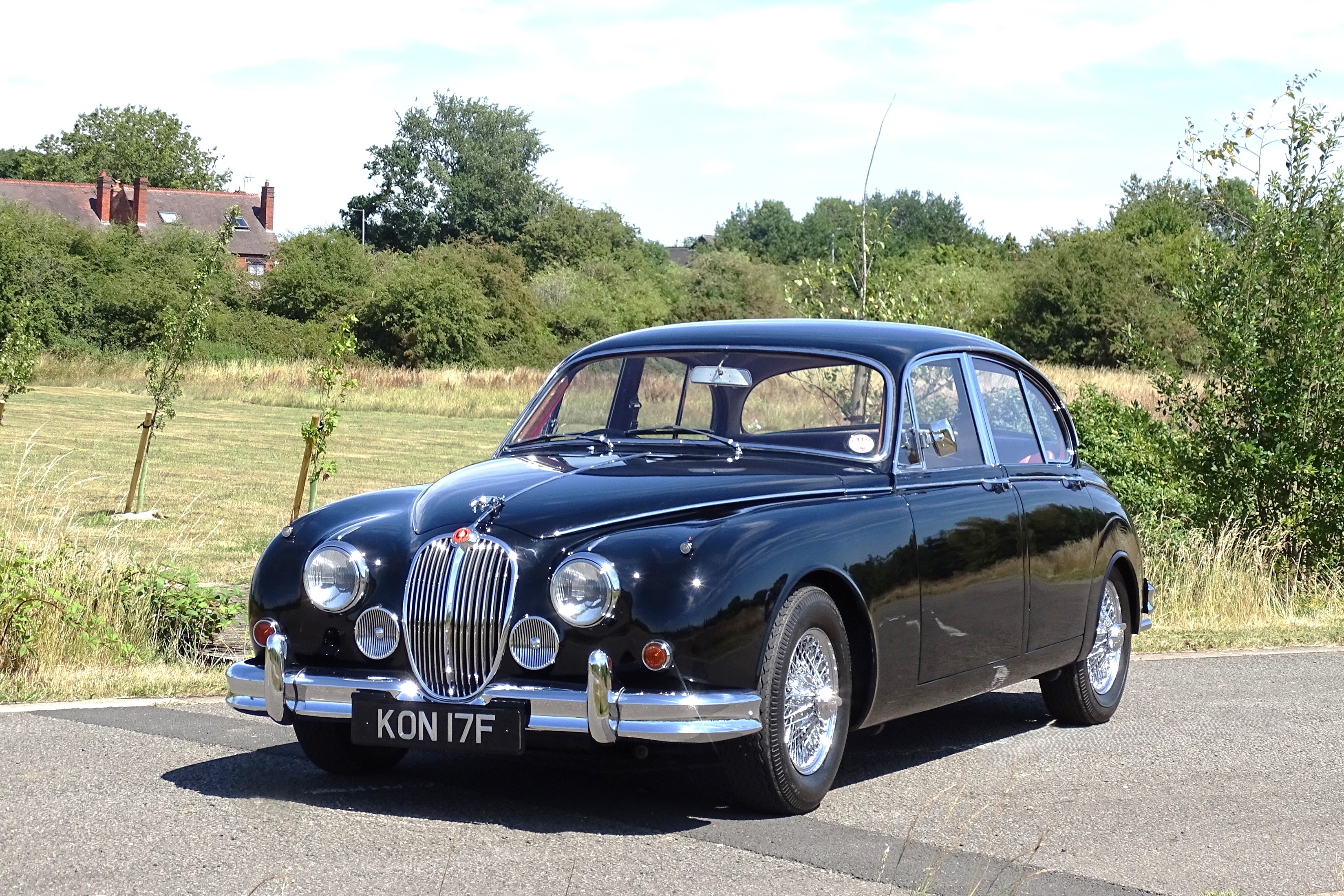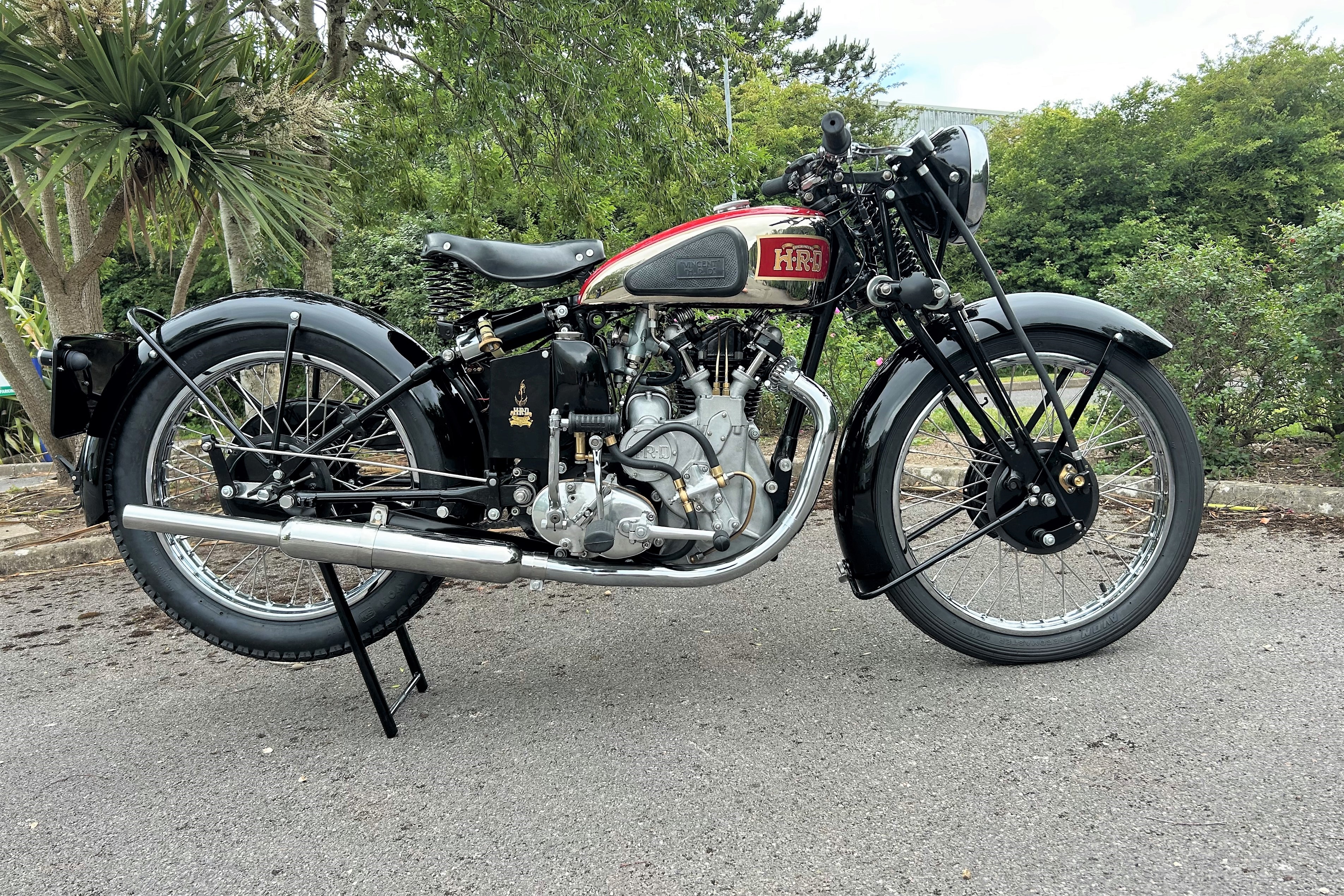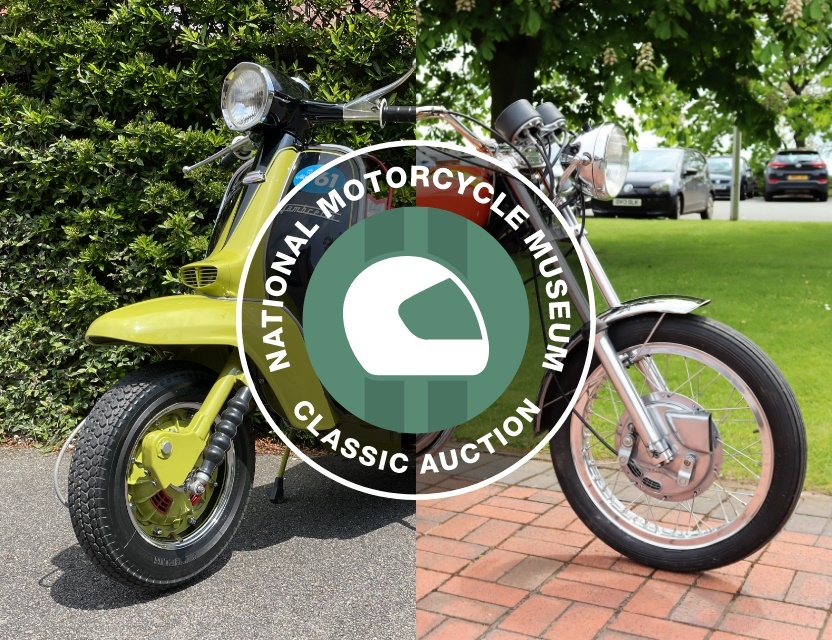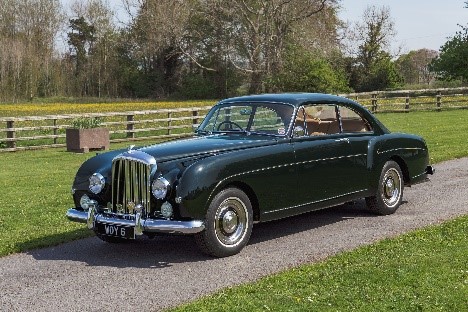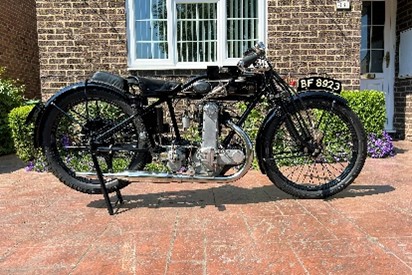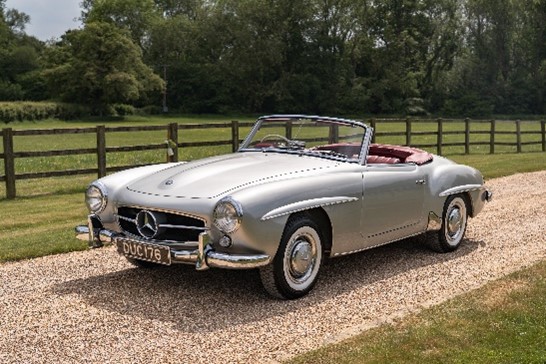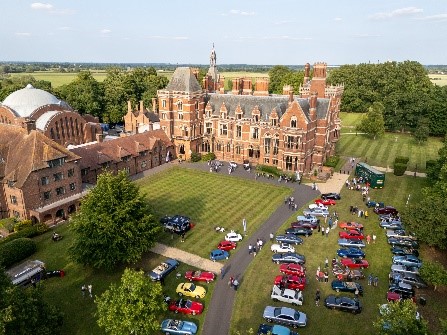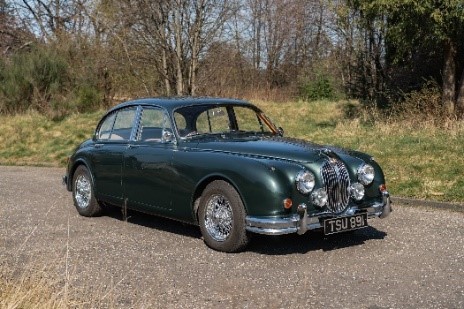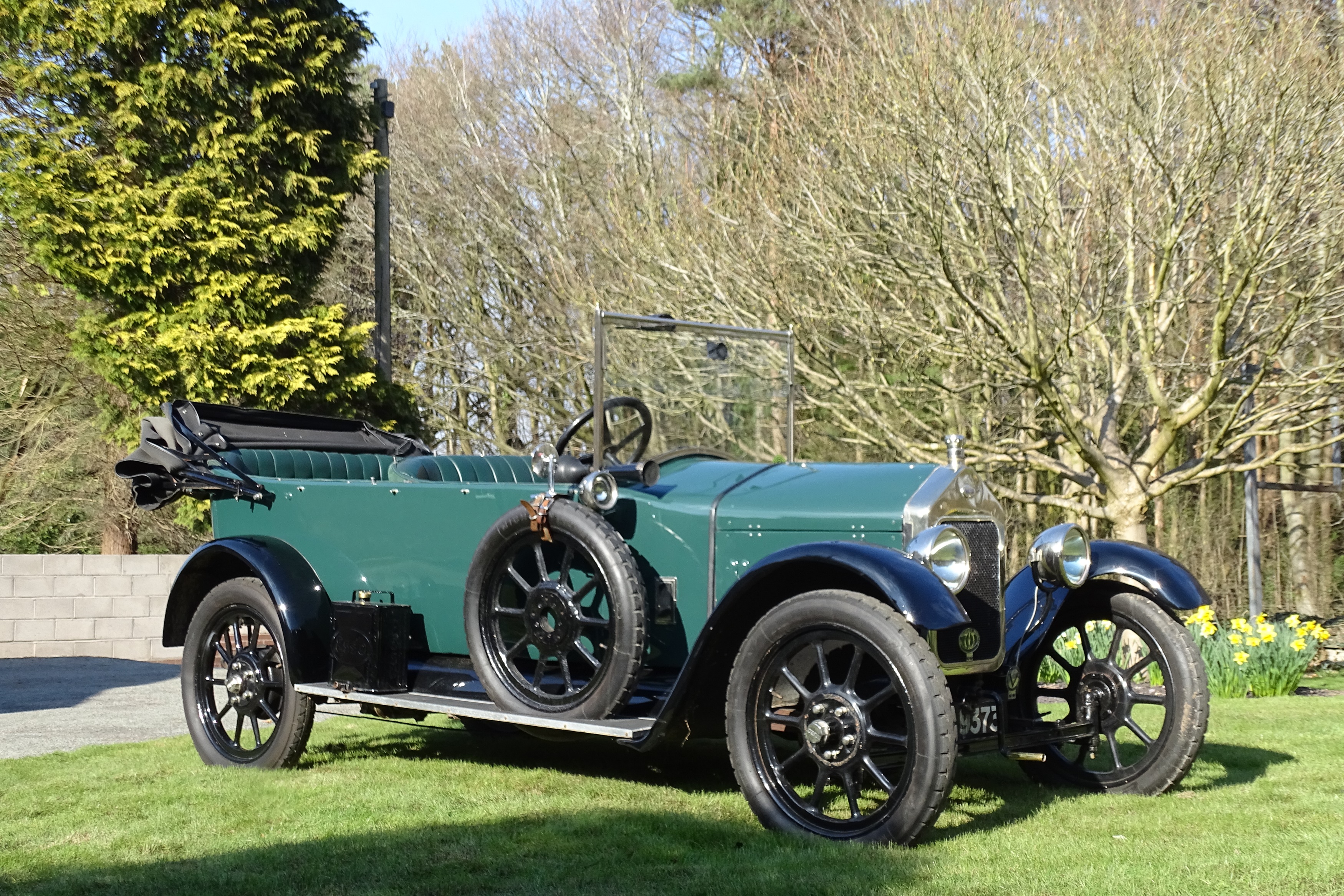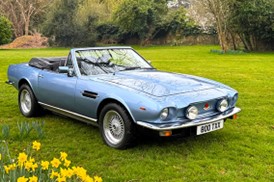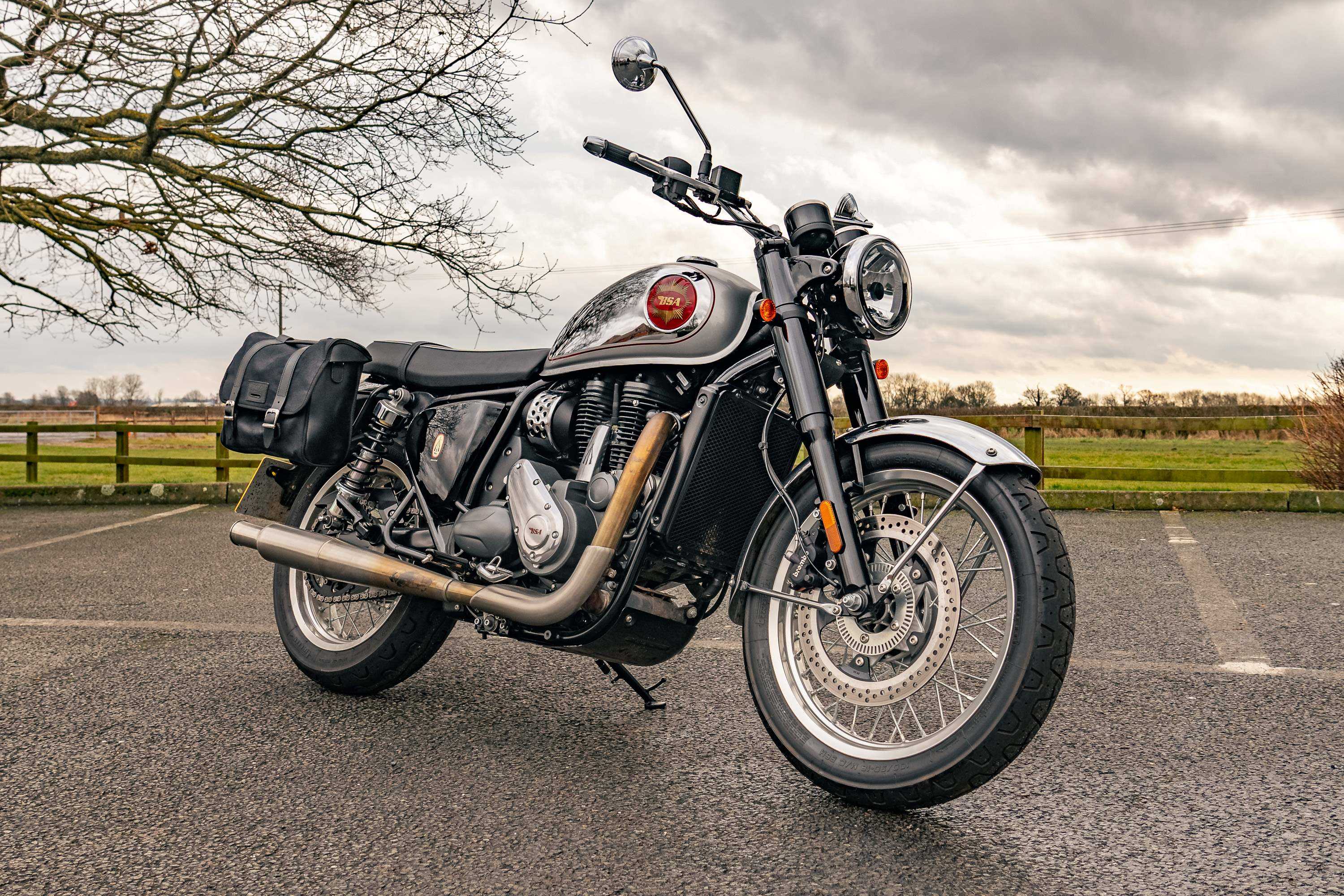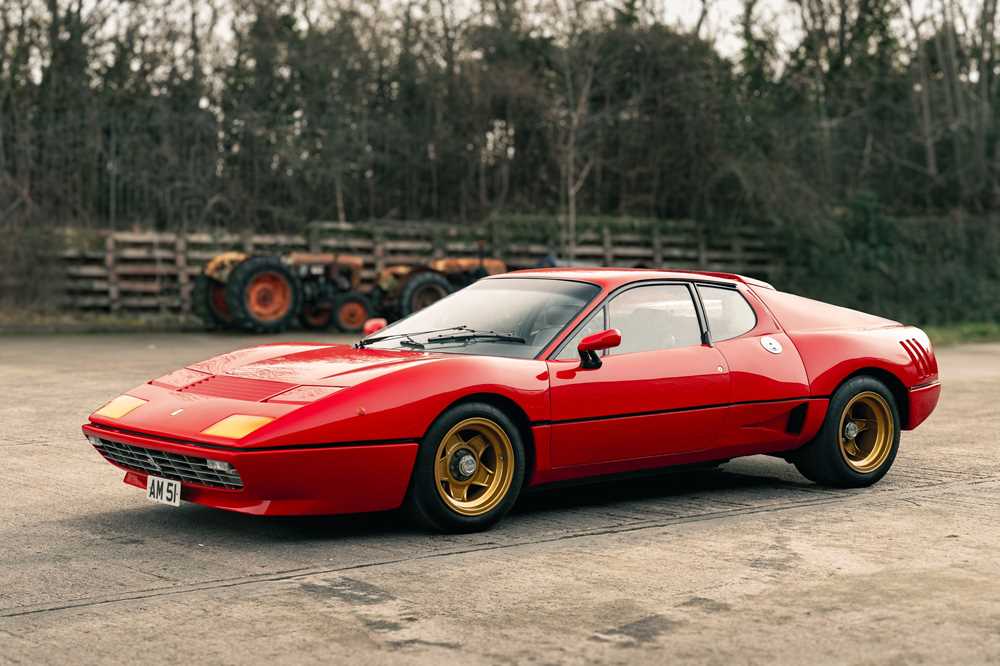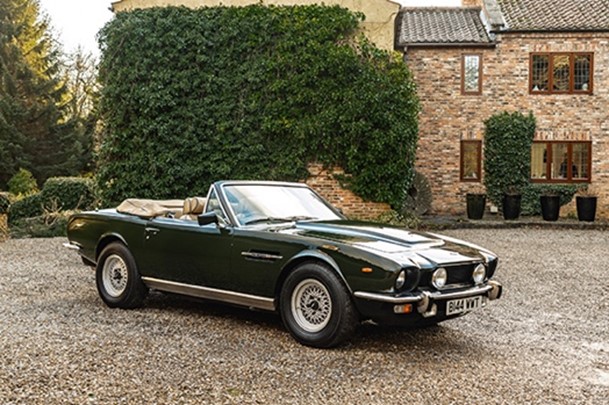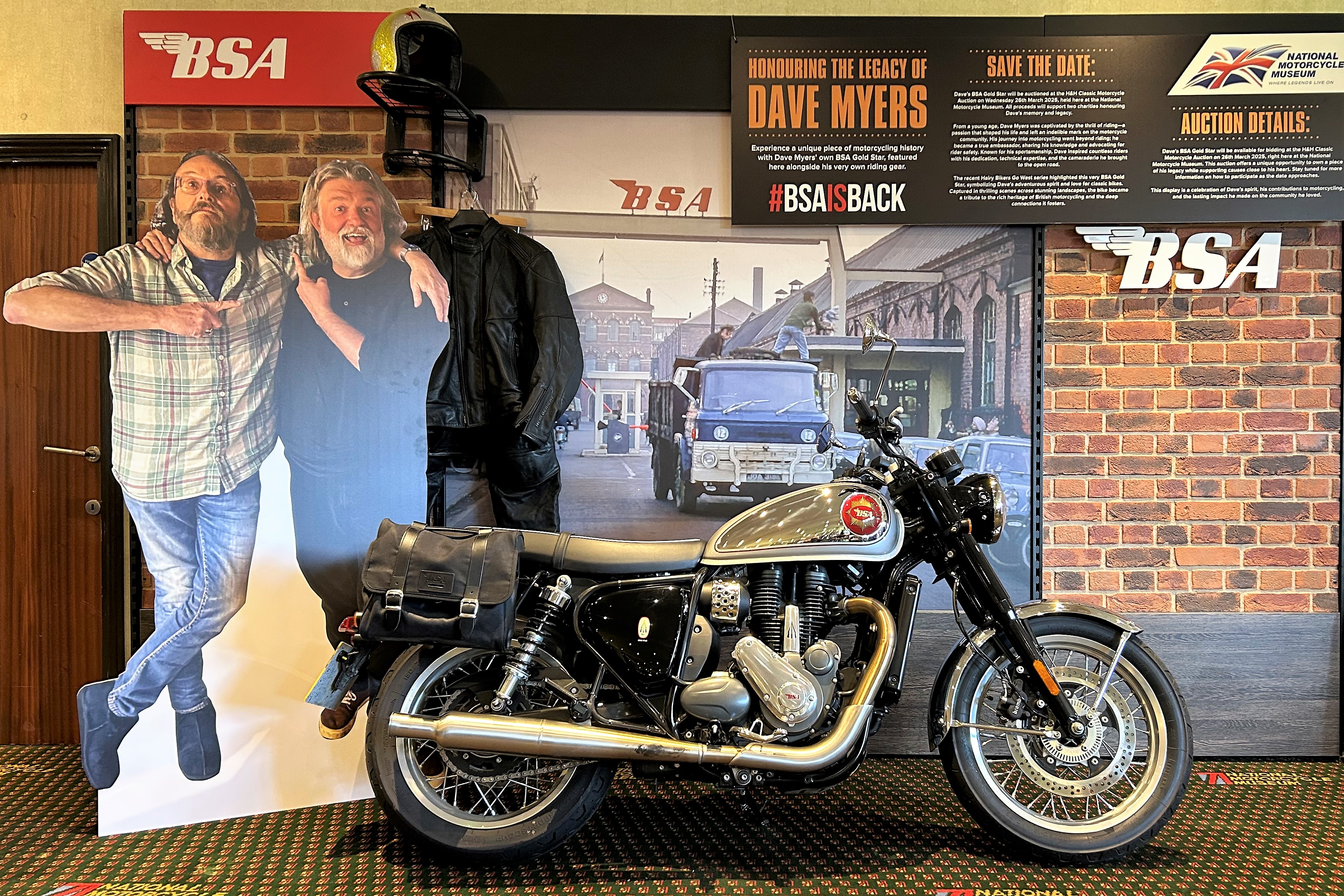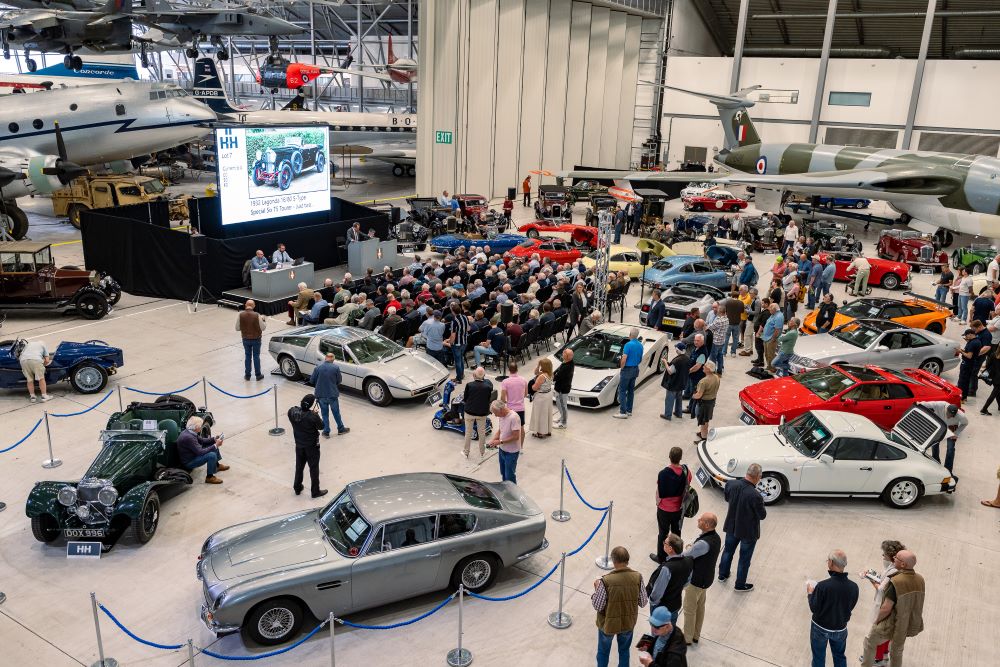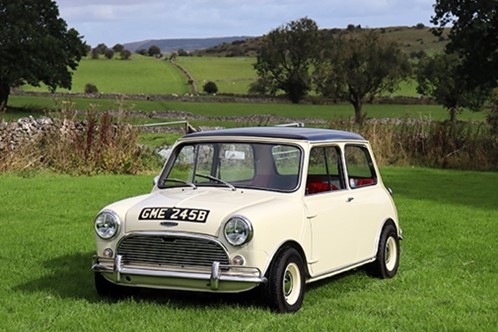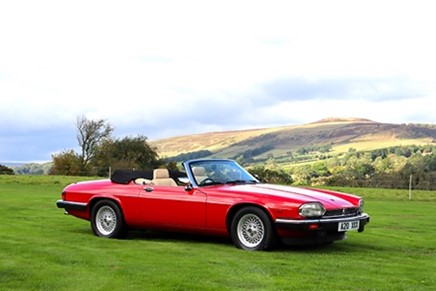20th Sep, 2023 12:00
30th Anniversary Sale at The Imperial War Museum | Duxford, Cambridgeshire
1949 Aston Martin 2/2.6-Litre Sports 'DB1'
The rarest of all the 'David Brown' Aston Martin production models
Estimated at £100,000 - £140,000
Registration No: DB 149
Chassis No: AMC/49/8
MOT: Exempt
- Chassis eight of the fifteen ‘DB1’ cars manufactured
- Fitted with a later 2.6-litre six-cylinder Aston Martin engine
- Re-bodied in-period by the Swallow Coachbuilding Company
- Competed at the hands of previous owner Shaun Magee, former racing car driver who is an Aston Martin engineer
- In current ownership for almost thirty years
- Surely the perfect registration number ‘DB 149’ – referring to DB1 of 1949
- An incredibly exciting restoration project and once completed, has the potential to be an interesting entry into numerous of the motoring world’s most prestigious events
'The modern Aston Martin is a most interesting car. Its 9ft 0in wheelbase chassis is of entirely specialised construction, a rectangular section steel tube structure being used, which also forms a frame for the bodywork ... a very high degree of road-holding has been achieved - the Aston Martin is one of our most outstanding cars in this respect...' - Motor Sport, November 1948.
The Two Litre Sports is notable as the model that ushered in the 'David Brown' era at Aston Martin. Successful industrialist David Brown had bought the struggling Aston Martin in 1946, having seen a 'High Class Motor Business' advertised for sale in The Times newspaper with an asking price of £30,000, and the following year added Lagonda to his expanding motor-manufacturing empire, a move that would make the latter's twin-overhead-camshaft, 2.6-litre six available for a new Aston Martin sports car. When Brown acquired Aston Martin he acquired the Atom prototype - a 2.0-litre four-cylinder car intended for post-war production - plus 'a few rusty old machine tools and the services of the Atom's designer, Claude Hill, who was very good...'.
The chassis of the Two Litre Sports was a direct development of the Atom's, being of tubular construction and featuring independent front suspension by means of trailing arms, and a well-located live rear axle. Coil springs were used all round, plus a torsion bar at the front. A departure from Aston Martin's customary overhead-camshaft type, the 1970cc overhead-valve engine was intended to be more reliable and easier to service. The gearbox was a David Brown four-speed unit, and there were Girling drum brakes all round.
With the Lagonda purchase had come the services of their remarkably talented body stylist, Frank Feeley. Feeley designed the Drophead Coupé body for the Two Litre Sports, based on sketches he had made pre-war for the Lagonda V12. This modern, streamlined shape was very different from the traditional Aston Martin style, and its trend-setting influence can be detected in other handsome contemporary designs such as the Sunbeam Alpine. A foretaste of future glories was provided in 1948 when a stripped-for-racing Two Litre Sports won the Spa 24 Hours Race. But David Brown was pressing ahead with the new DB2, with its 2.6-litre six-cylinder engine that had been designed by Willie Watson while the great W. O. Bentley was Lagonda's Chief Engineer. With the DB2 ready for release, manufacture of the Two Litre Sports (retrospectively known as the 'DB1') was halted in mid-1950 after only 15 production models had been made, plus one Team Car. It is thus the rarest of all the 'David Brown' Aston Martin production models.
The eighth of the fifteen ‘DB1’ Aston Martins completed, chassis AMC/49/8 was supplied as the only ‘DB1’ as a bare chassis, destined for Gurney Nutting Ltd and clothed in saloon coachwork. Supplied to the first owner, an A.B. Hunter of Styles Lane, Park Langley, Beckenham, the second keeper is also known as F.H. Holmes Esq. of Shepshed, Loughborough. Regretfully suffering a series of engine maladies which saw its original Claude Hill designed 2-litre OHV engine replaced two by identical units, both being fitted during 1950 (in January and June), as well as a replacement gearbox provided with the third engine, all by Aston Martin under warranty (confirmed by the accompanying service record copies). Perhaps inspired by the performance of various DB2, DB3, and DB3S cars at the likes of the Mille Miglia, Le Mans 24-hours and Goodwood, etc., a subsequent keeper commissioned the Swallow Coachbuilding Company to re-body chassis AMC/49/8 during the late 1950s. The resultant Barchetta-style coachwork was stylistically indebted to the short-lived Swallow Doretti sports car.
Purchased by racing driver and Aston Martin engineer Shaun Magee during the 1970s, he subsequently fitted one of the Willie Watson / W.O. Bentley designed 2.6-litre DOHC straight-six powerplants. Thus, chassis AMC/49/8 enjoyed a considerable performance advantage over its fourteen siblings. Interestingly, while the DB1 received engine number LB6B/50/630, the very next unit (engine number LB6B/50/631) was fitted to a Lagonda DB 2.6 Litre Drophead Coupe that served as a factory demonstrator. Mr. Magee also uprated it with a DB2 front axle, DB3S gearbox, and stronger back axle (complete with Powr-Lok differential). The nose was modified during this period to not only allow more air into the engine bay but also to give the Aston Martin more of a ‘DB3S’ look. Mr Magee raced the car with some success at a variety of Aston Martin Owners Club events including outings at Silverstone and Wiscombe hill climb. Painted Red for much of its competition career, the car’s seats are understood to have come from Reg Parnell’s short-lived DBR3 sports racer.
Mr. Magee consigned chassis AMC/49/8 to a Christie’s Beaulieu sale (Monday 27th of April 1987), which Magee remembers to be among the last sales presided over by the late Robert Brooks who went on to found his own auction house shortly thereafter. The Christie’s cataloguing at the time informs that the engine had been “brought up to DB3S specification with revised camshafts, larger valves, increased sump capacity…” and that a more powerful clutch was fitted which Mr. Magee informs was a Fred Ellis example. Rumoured to have been sold into France from the auction, the ‘DB1’ was only off British shores for a short time before repatriation.
Entering the current ownership in 1994, the Aston Martin was running after a fashion but showing very little oil pressure. Otherwise, the vendor found the chassis, bodywork, brakes and suspension to all be in sound order. Intending to return the unique DB1 to its former glory, he got as far as removing and stripping the tired engine before losing momentum. Some twenty-nine years later the seller has come to the sad conclusion that restoring the two-seater is now beyond him. His loss is another’s gain with chassis AMC/49/8 representing an exceptionally exciting opportunity for a new owner to revitalise what is not only an example of the rarest Aston Martin production model but also a car that is potentially eligible for some of the world’s most prestigious motoring events.
For more information, please contact:
Paul Cheetham
paul.cheetham@handh.co.uk
07538 667452
Auction: 30th Anniversary Sale at The Imperial War Museum | Duxford, Cambridgeshire, 20th Sep, 2023
Established in 1993, H&H has sold some of the world's most significant motorcars and motorcycles over the past 30 years. Now owned by its employees and trusted by over 75,000 clients worldwide, we are the longest established auction house of our kind in Europe.
Buyers, bidders and attendees will enjoy a special day in the prestigious Imperial War Museum with some fantastic treats including.
Drinks Reception | Music | Guest Speakers
With each successful bidder receiving a specially selected hamper.
Watch the website for more details.
To take part in the bidding action please click 'Register to Bid | Sign In' at the top of the page
Viewing
Tuesday 19th September 2023 from 1pm to 8pm
Wednesday 20th September 2023 from 9am
All successful bids must be paid in full by midday the day after the auction at the latest.
You can collect your new pride and joy from our venue until 1pm the day following the sale or our partners are on hand to help arrange safe transportation:
Do you have an item to sell?
If so, contact one of our friendly specialists for your free valuation by completing the form below and someone will get back to you as quickly as possible.
If you prefer to speak to humans, don't hesitate to call our office on +44 (0)1925 210035
